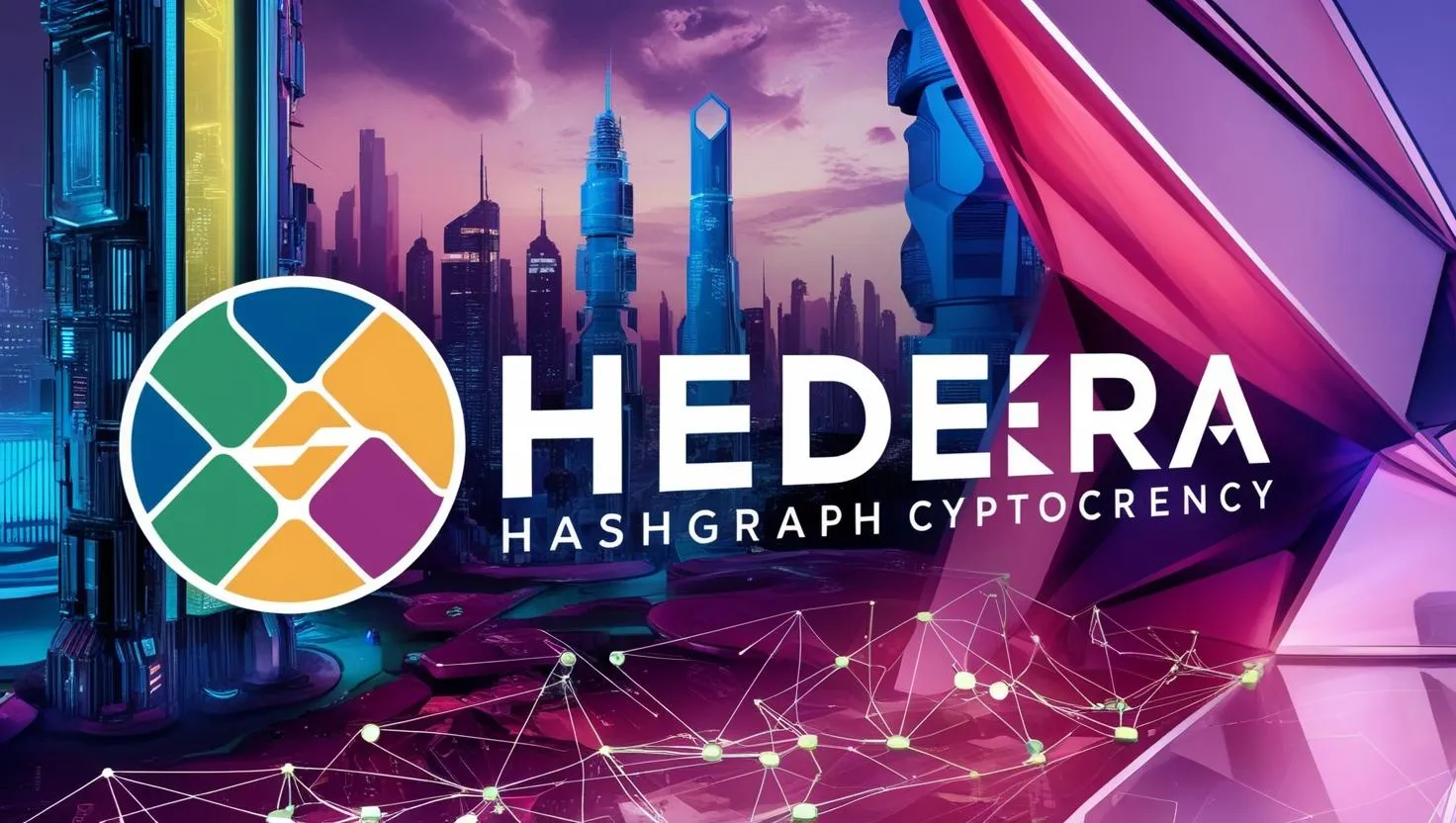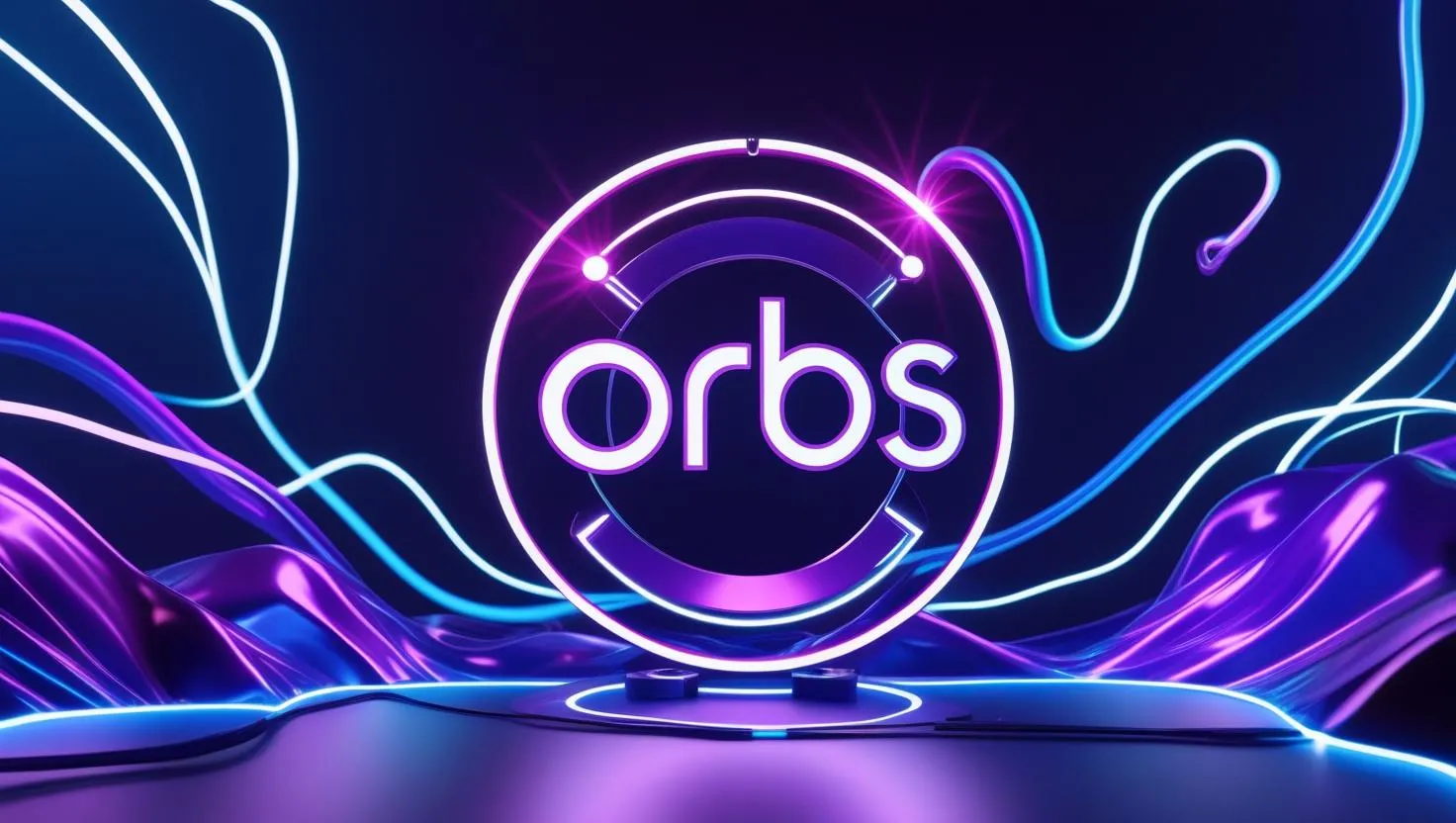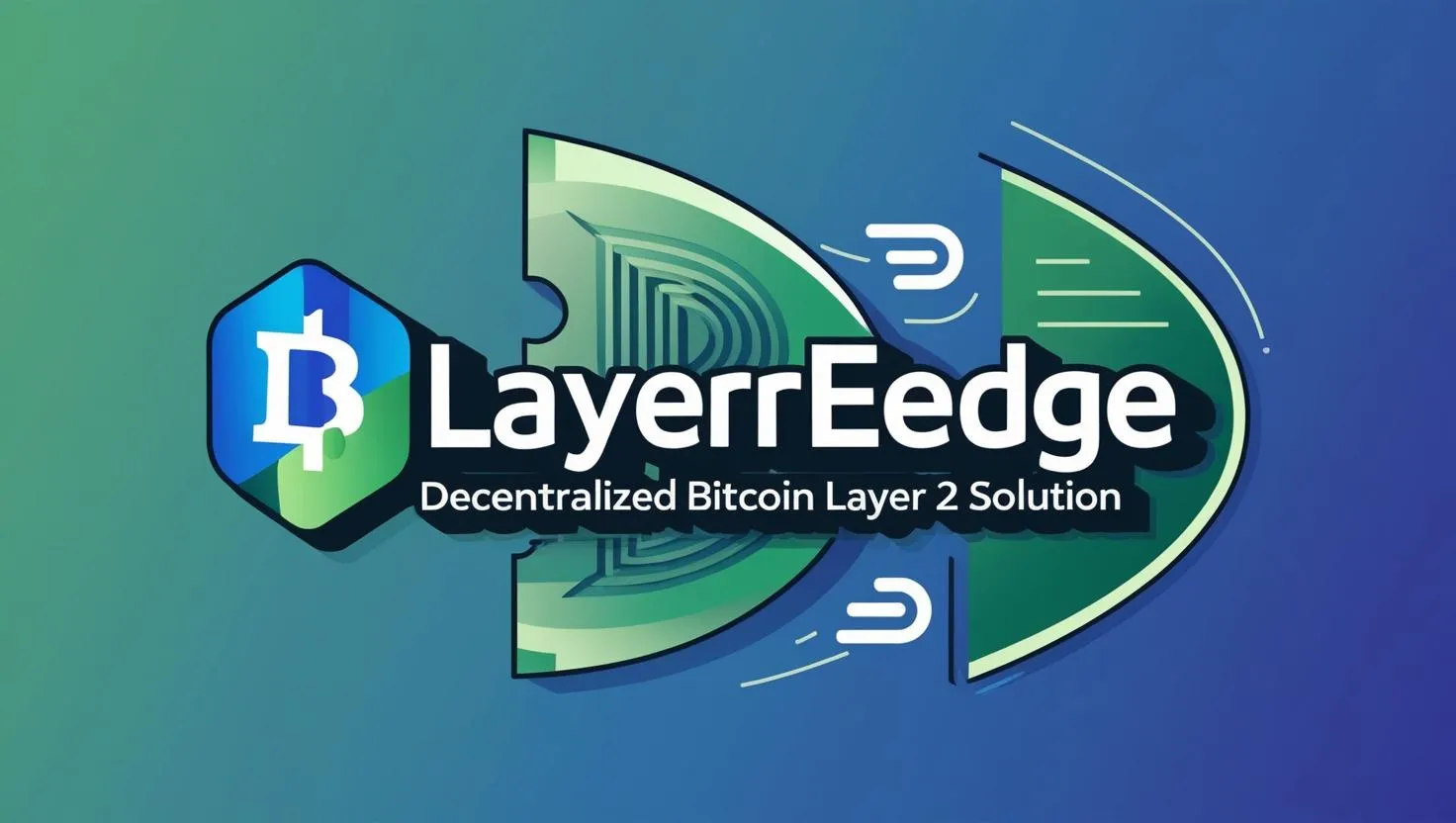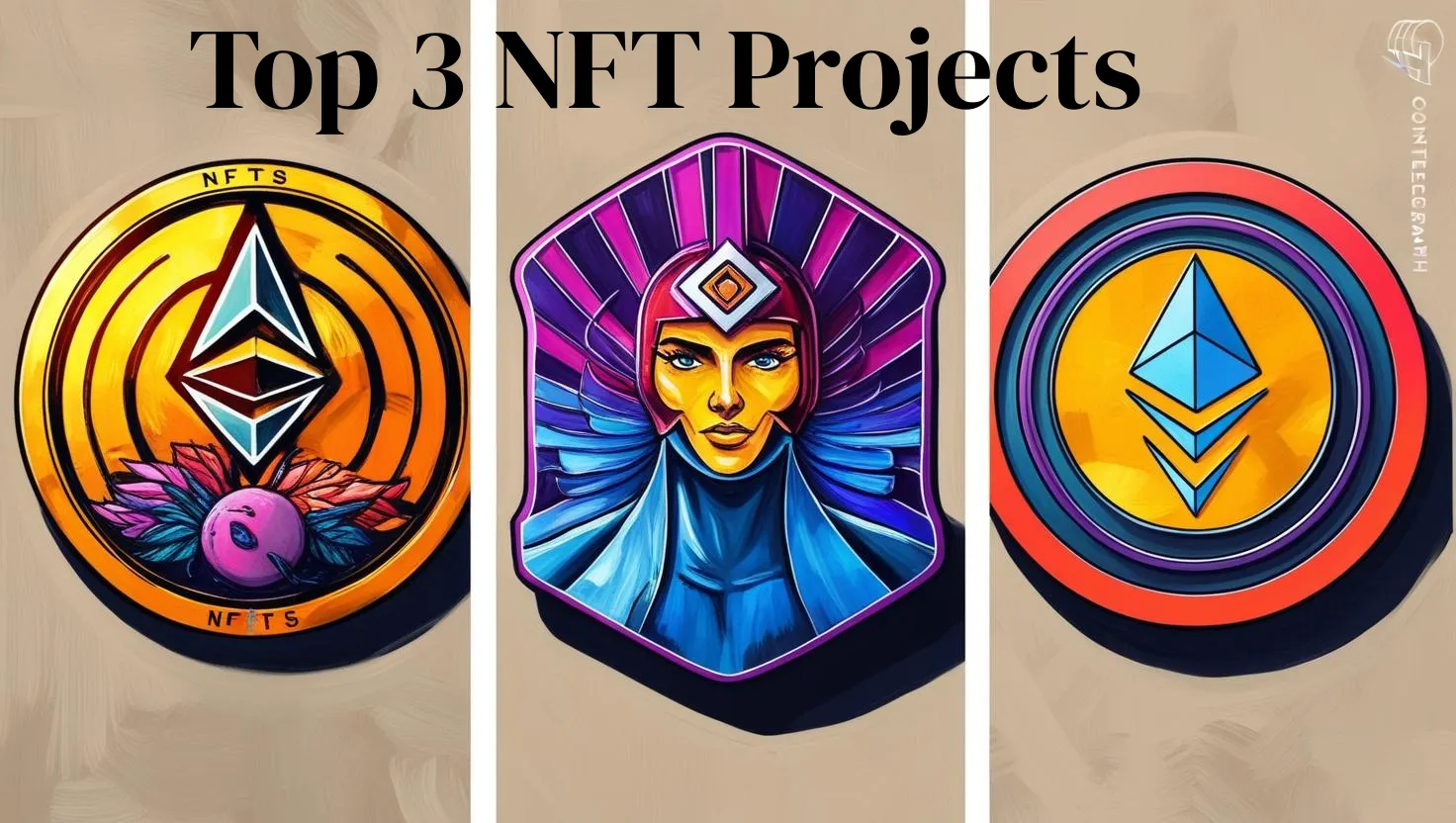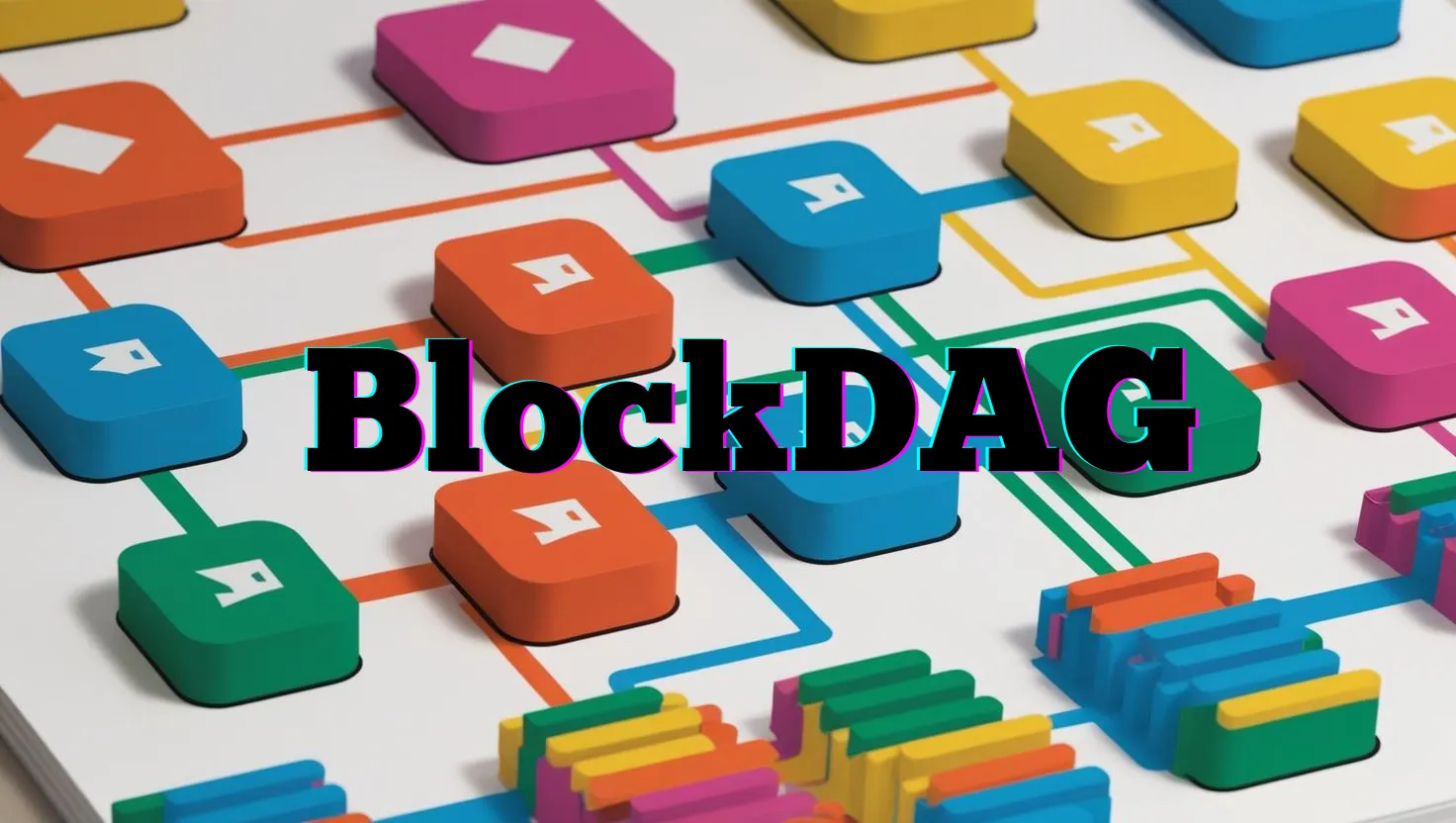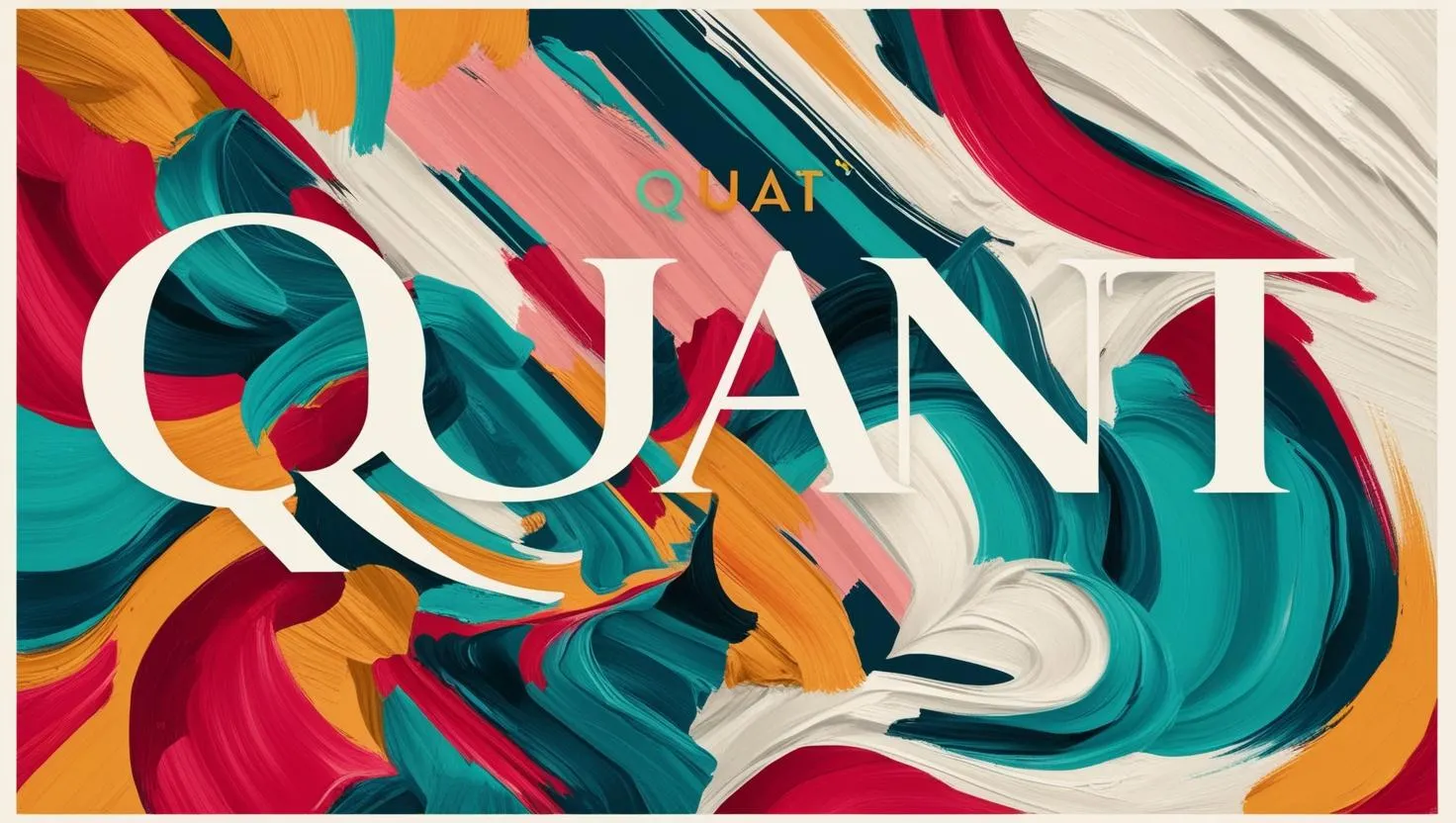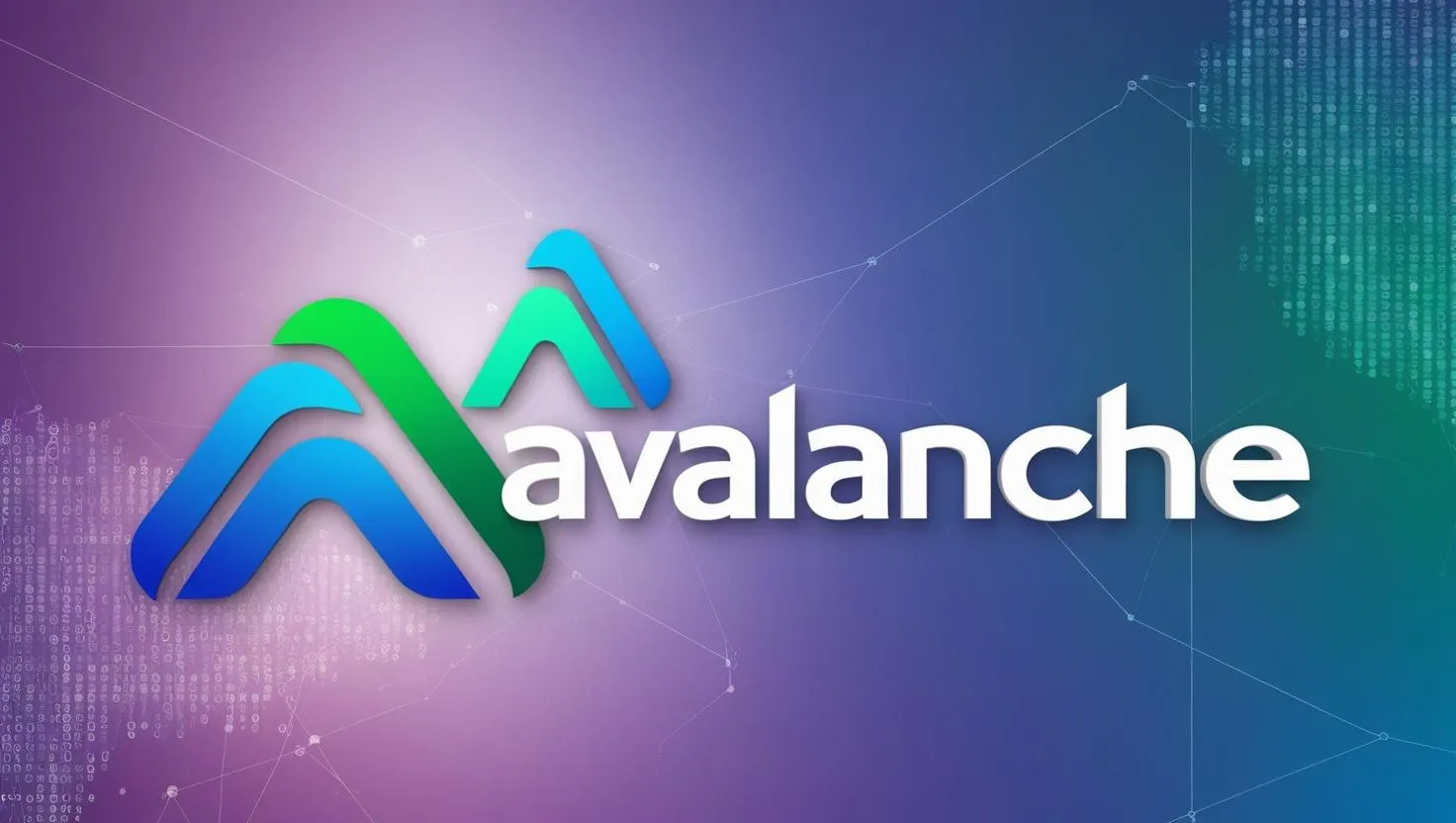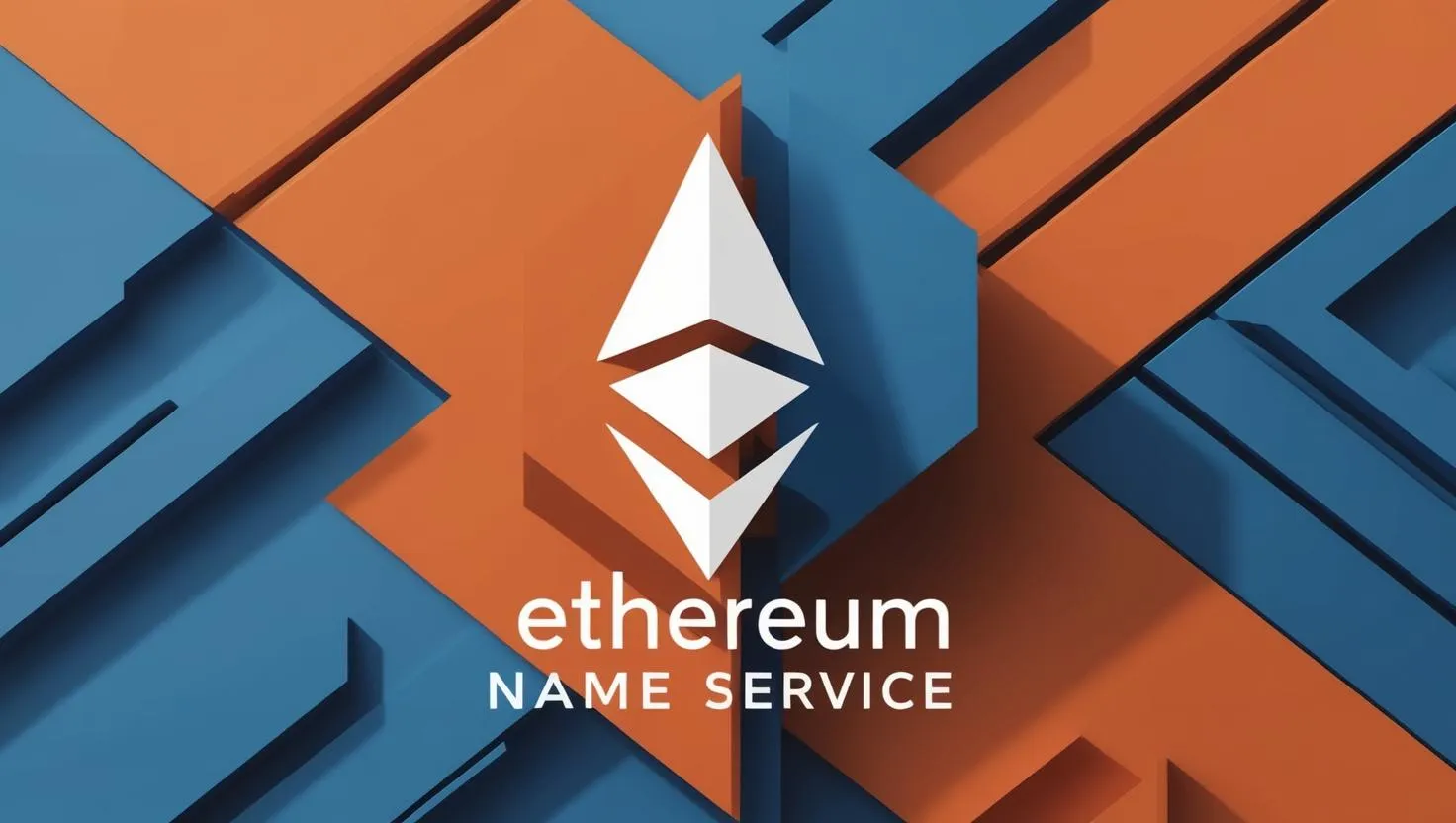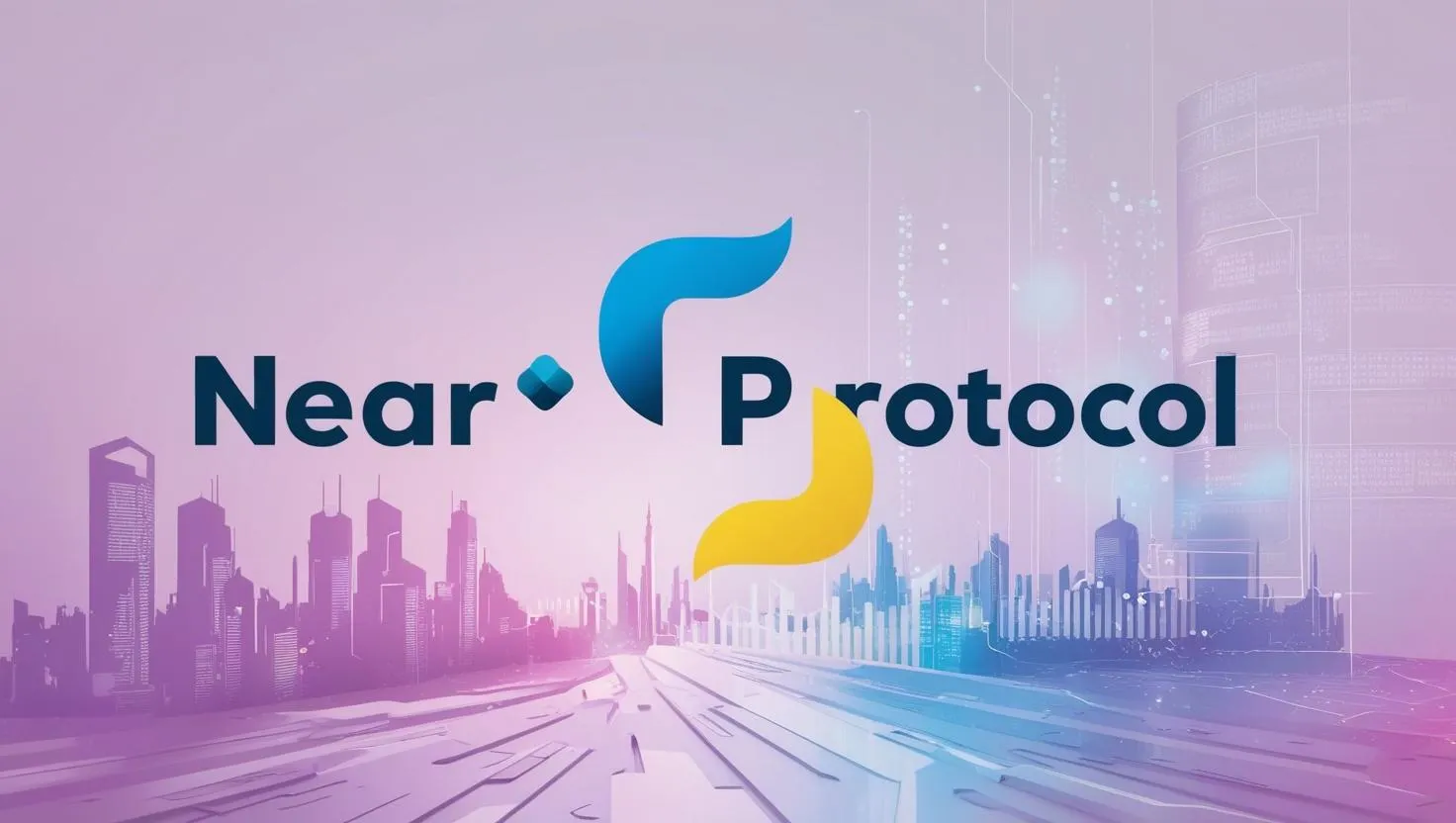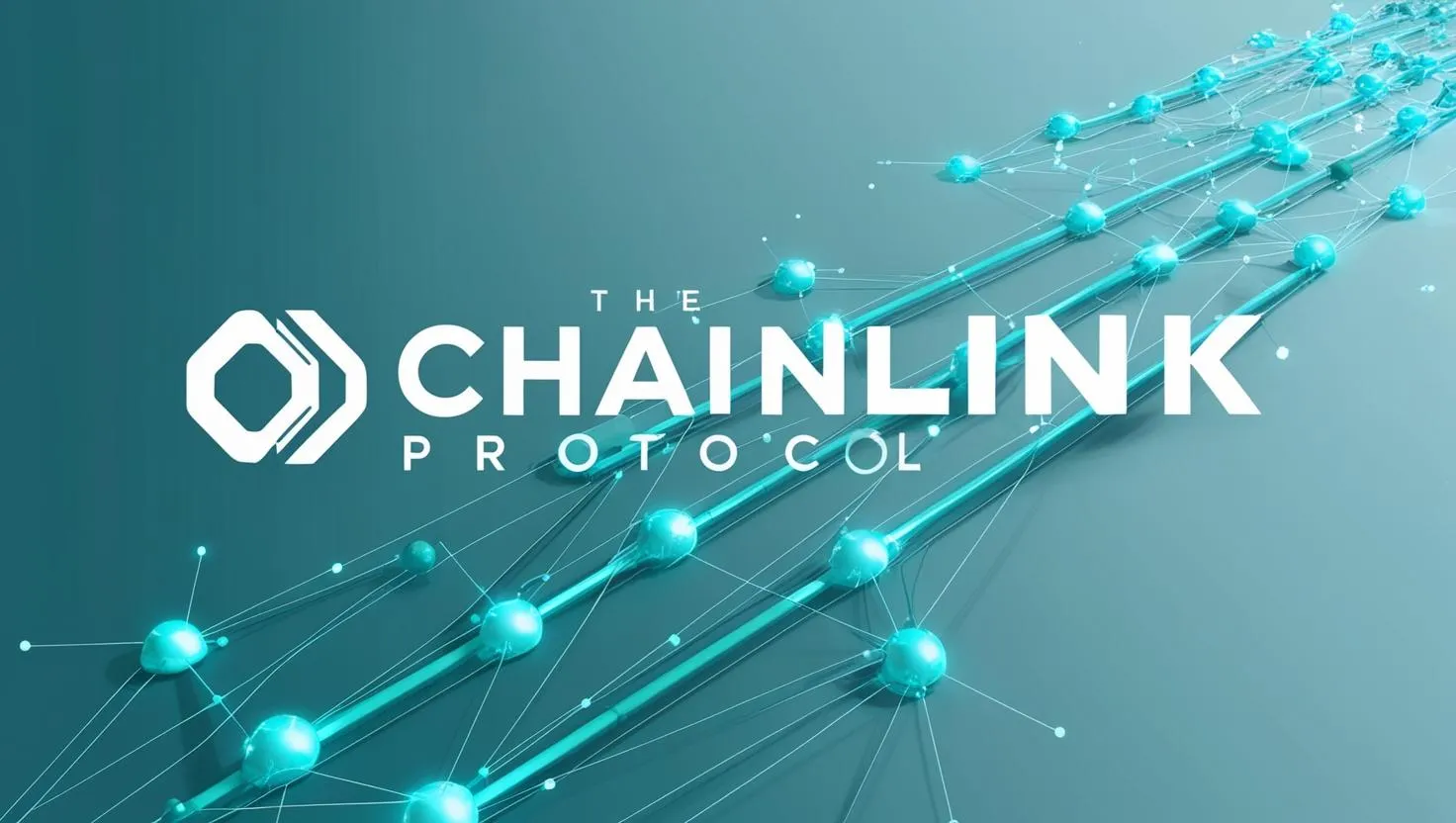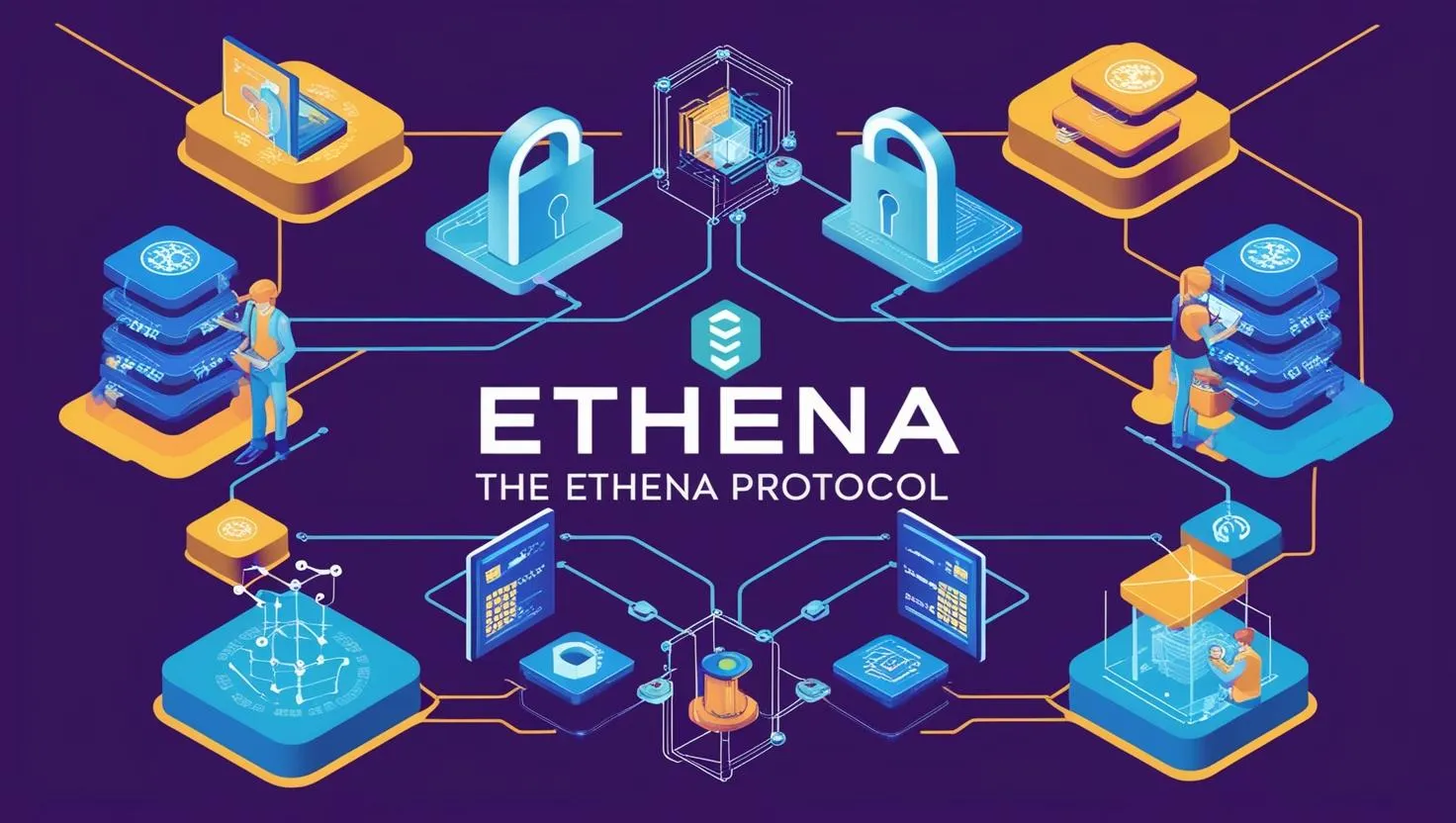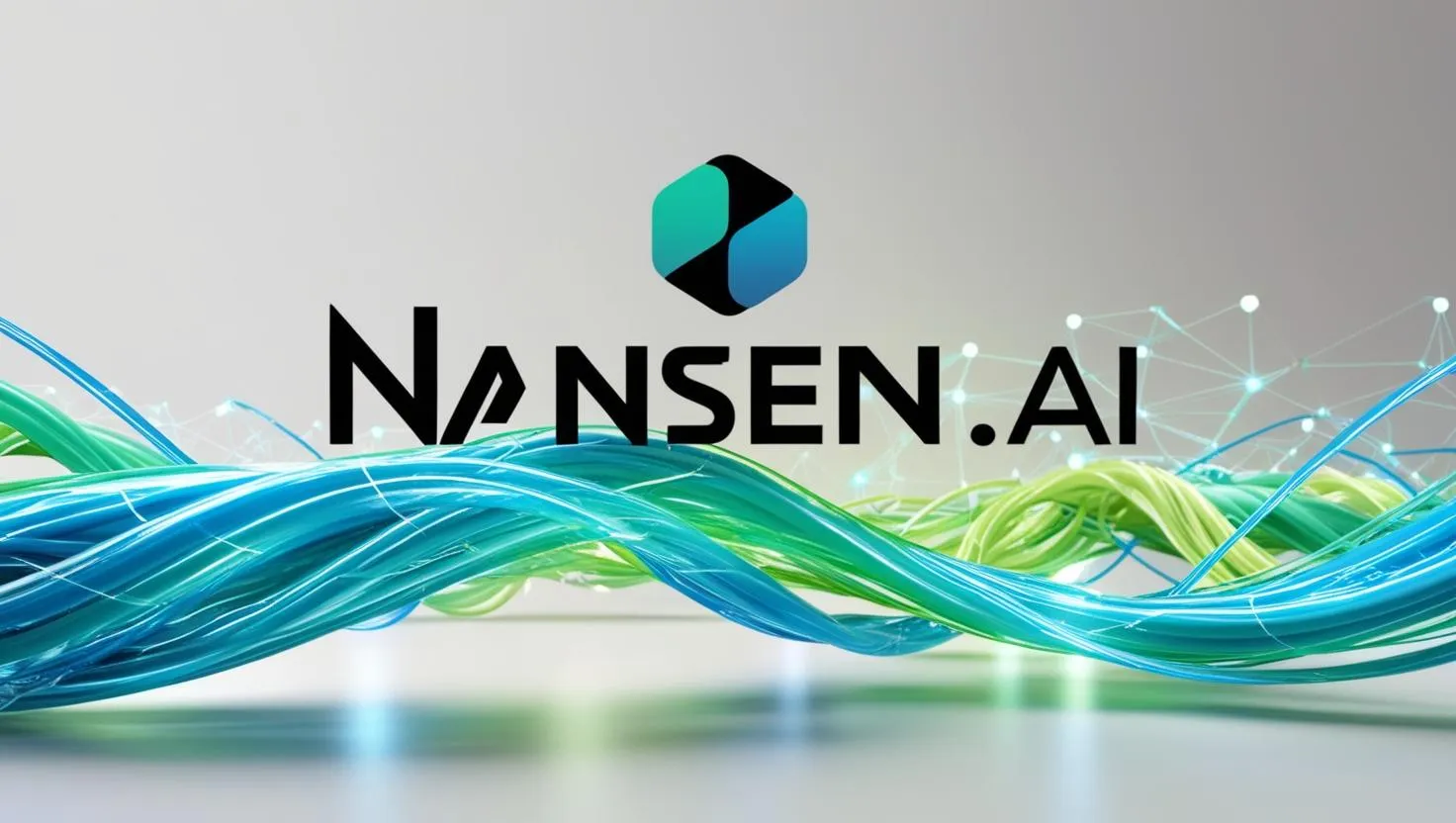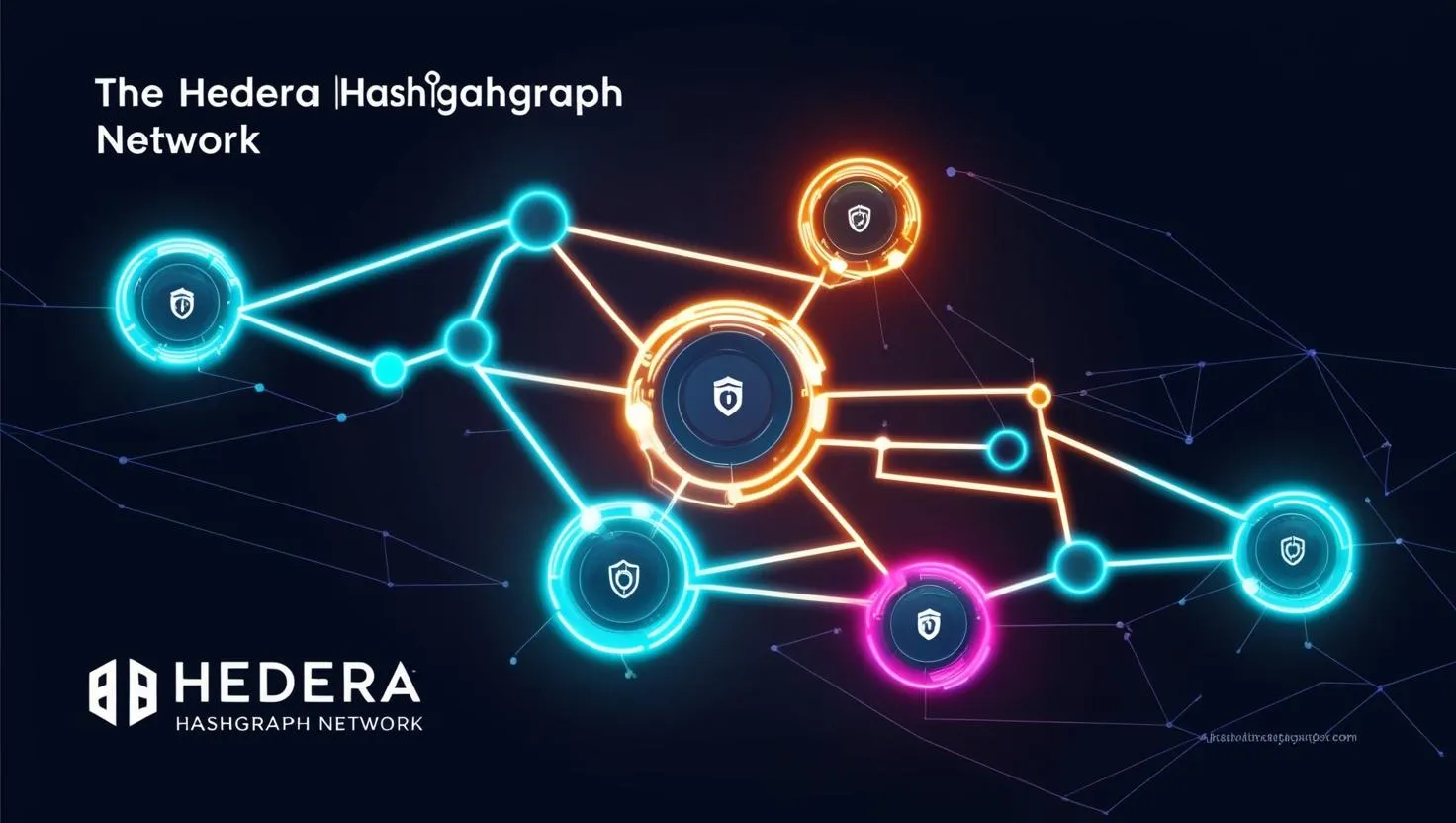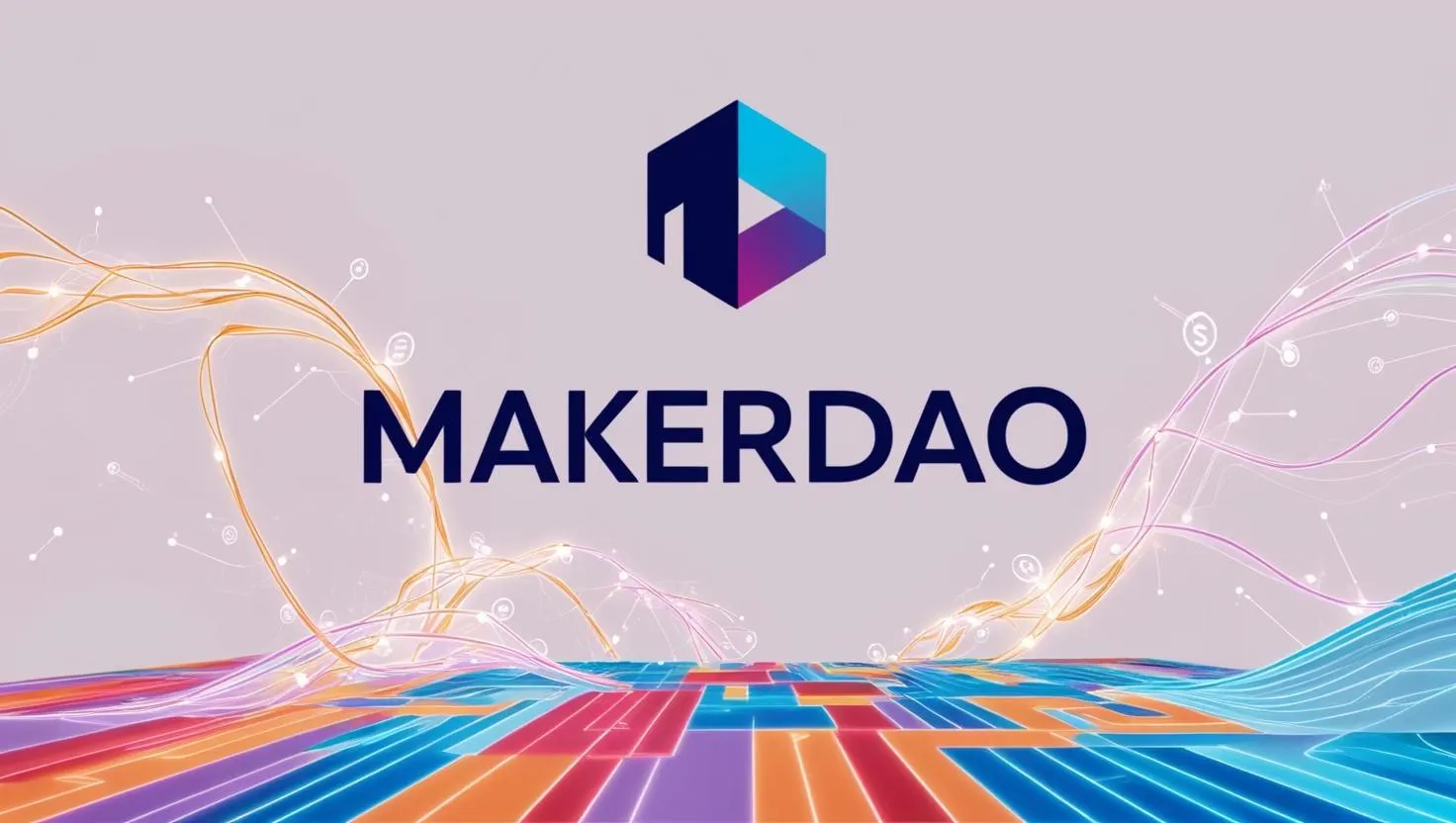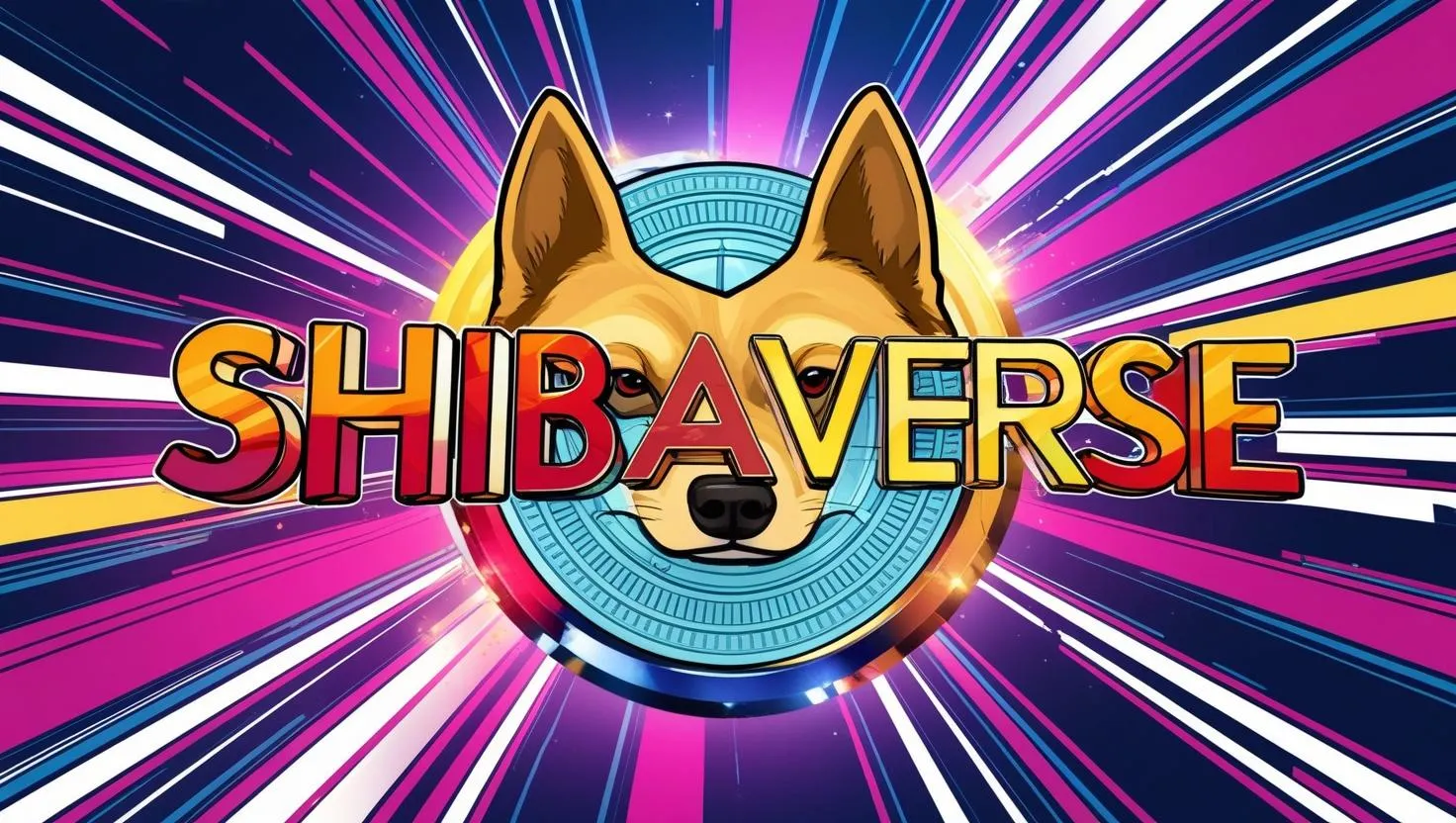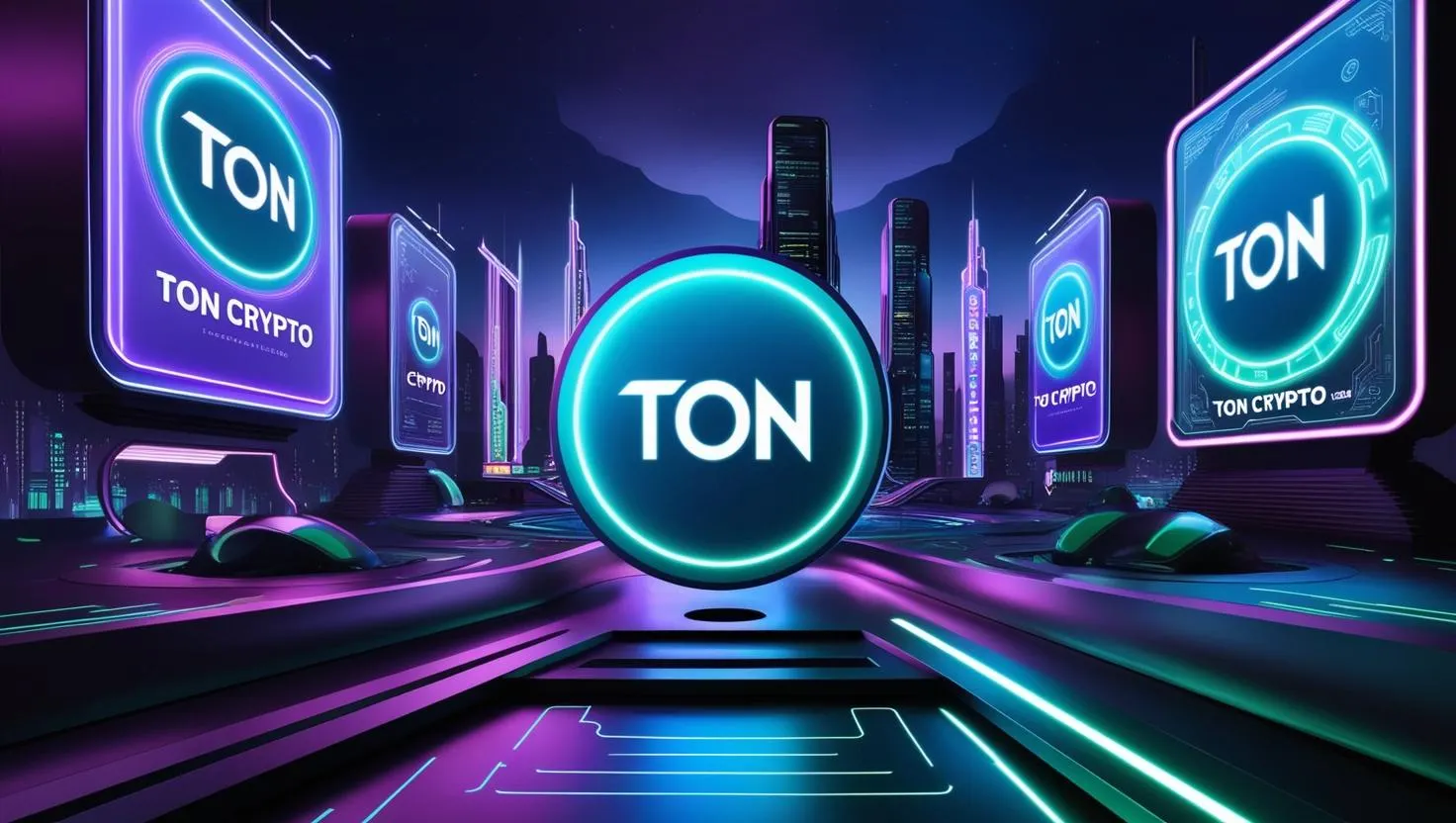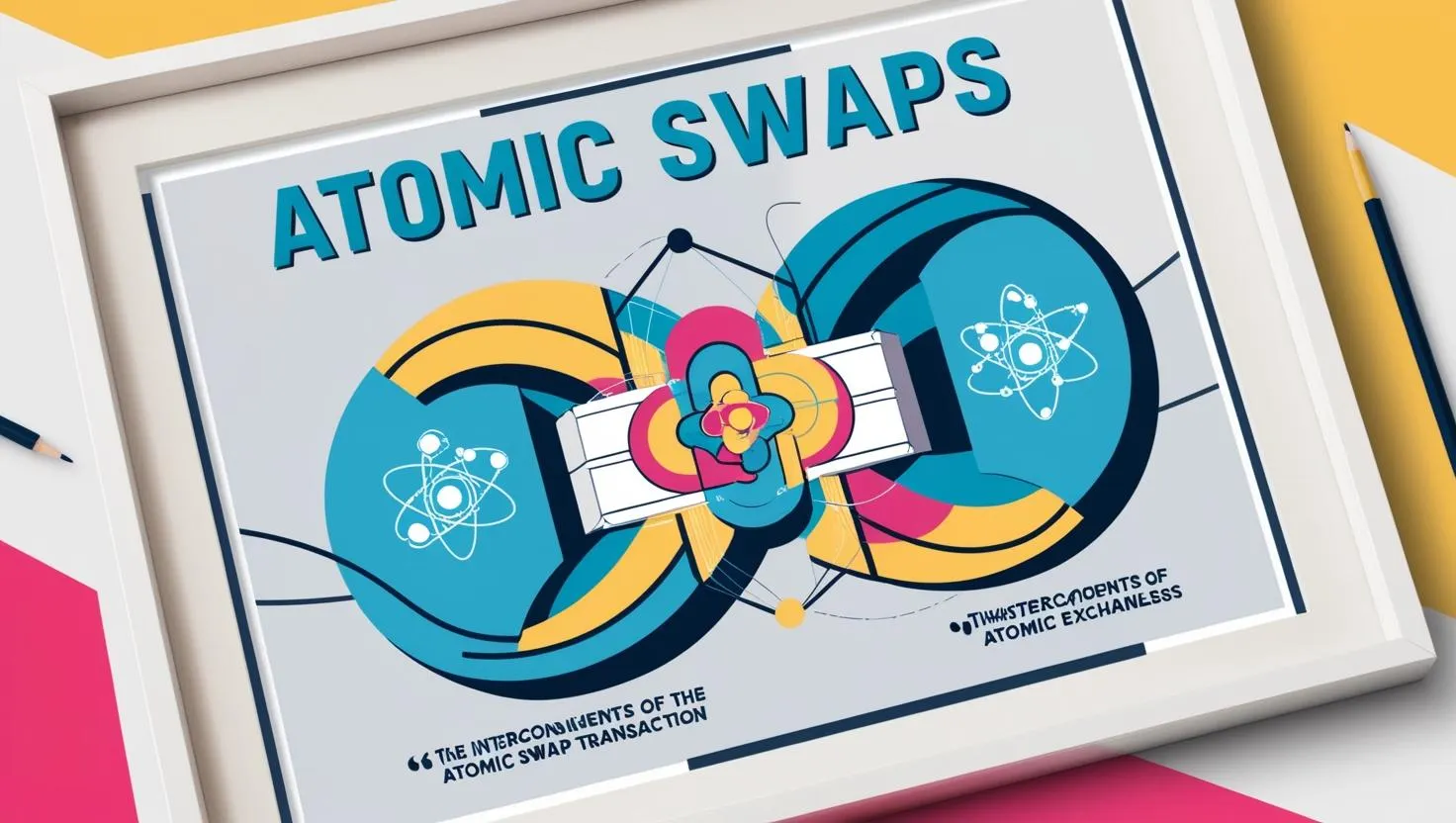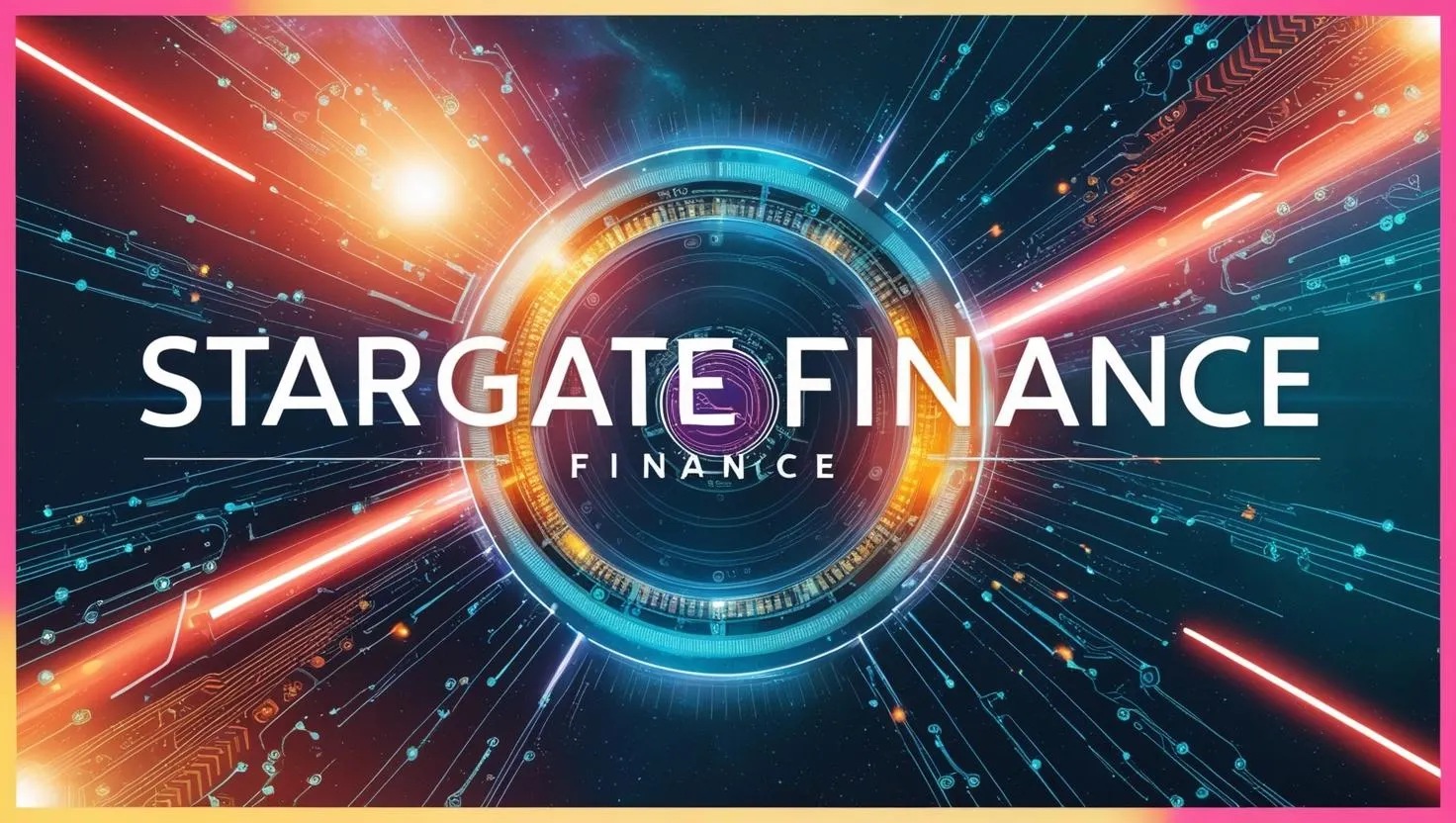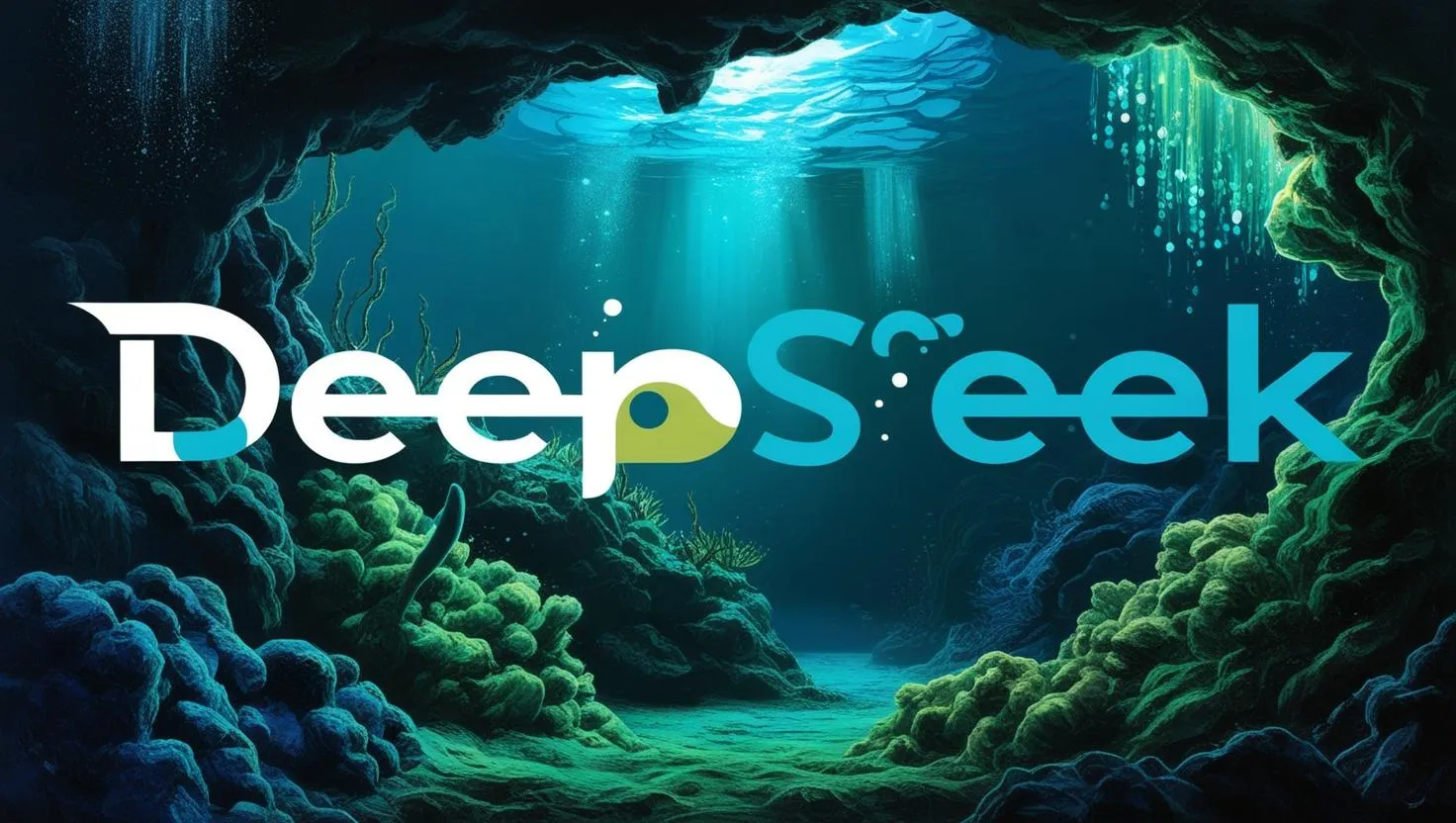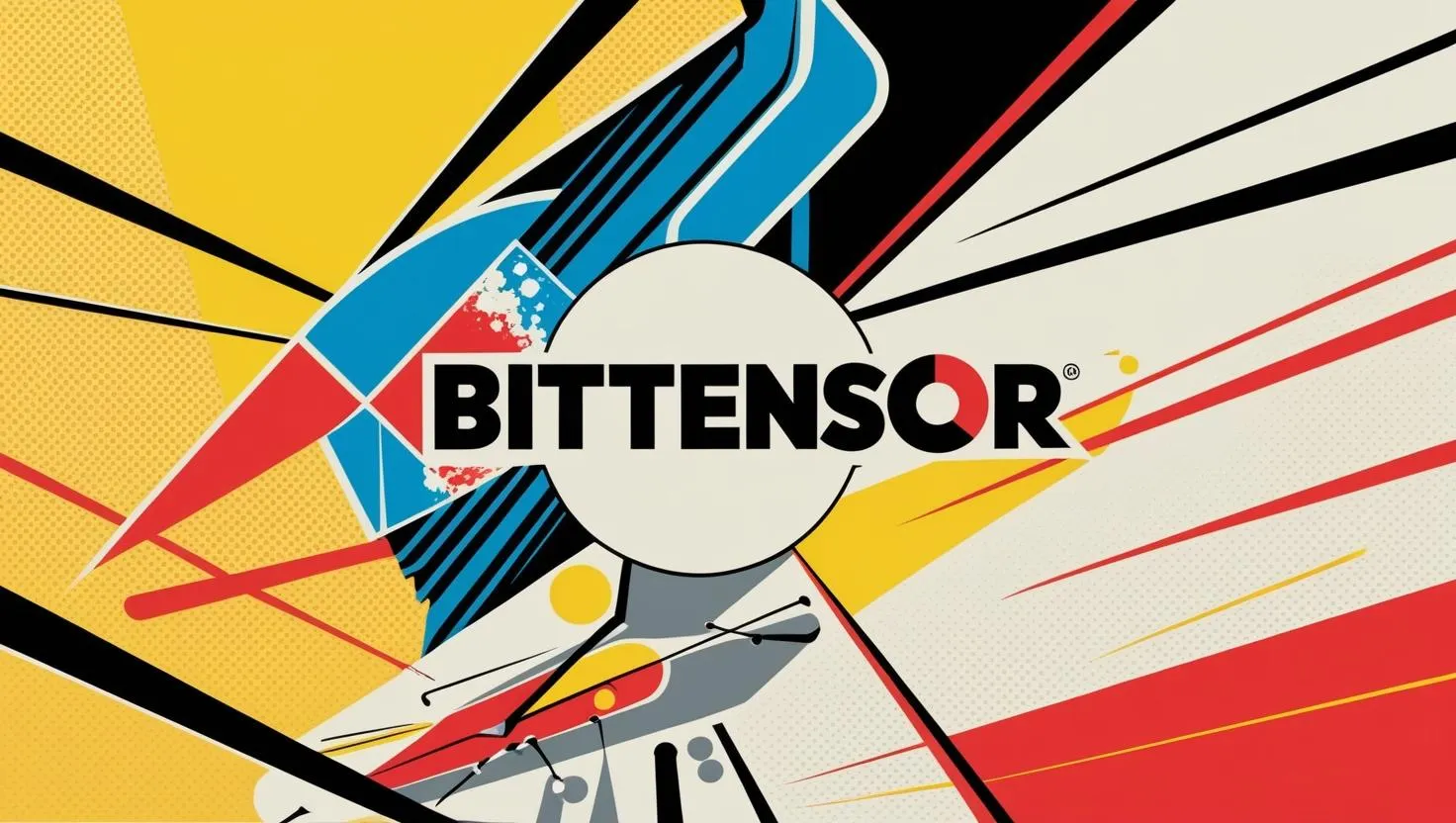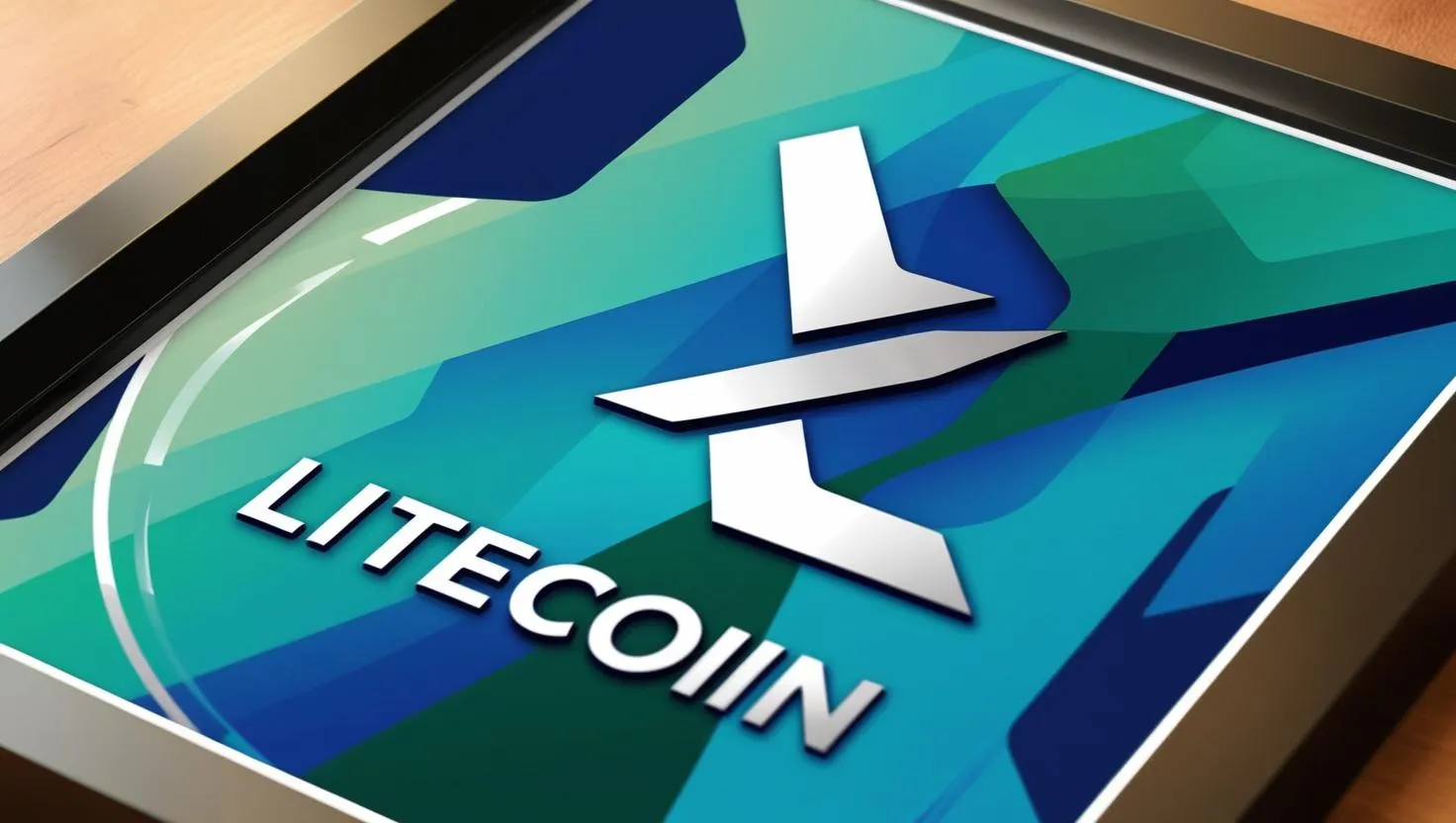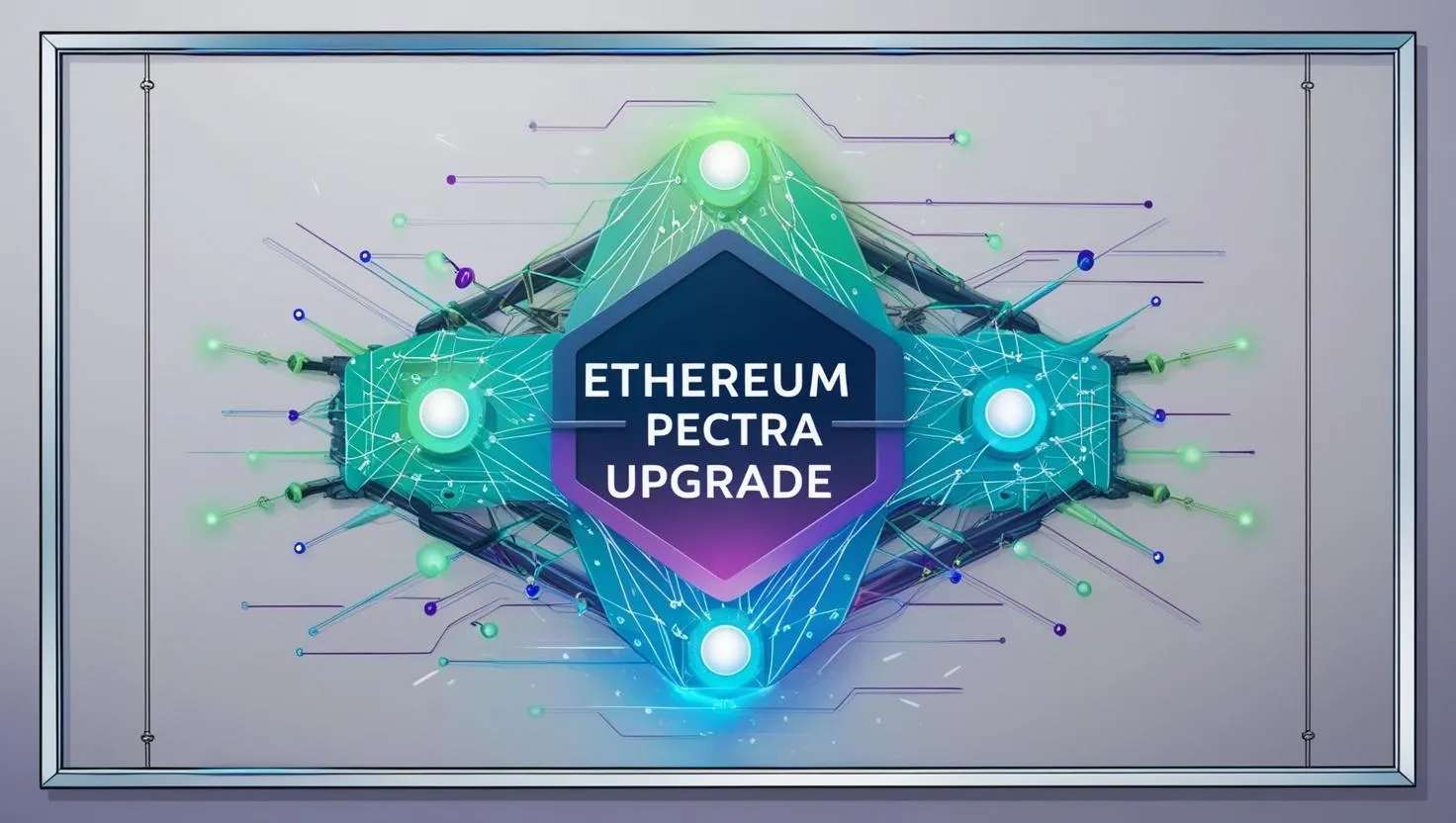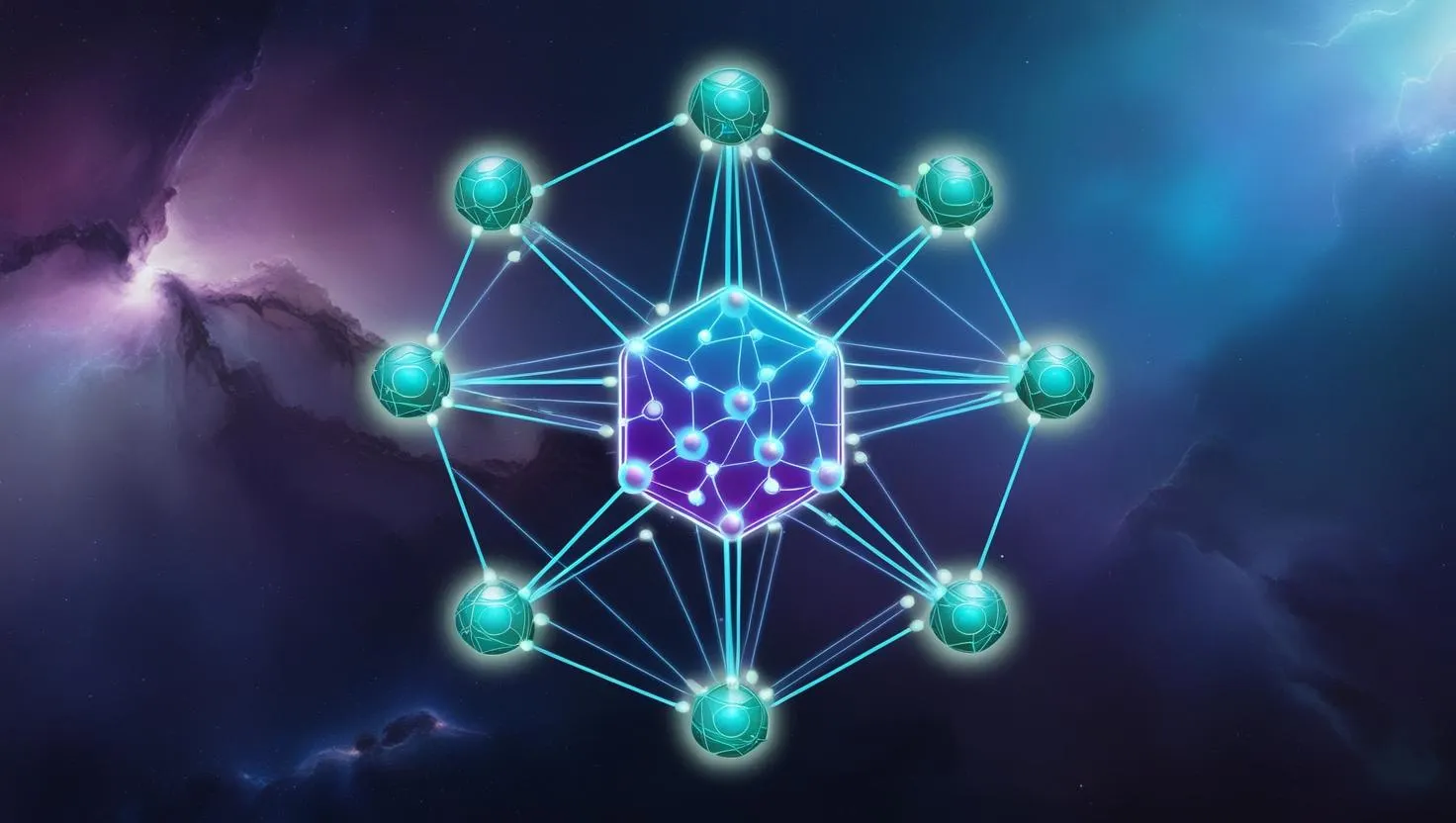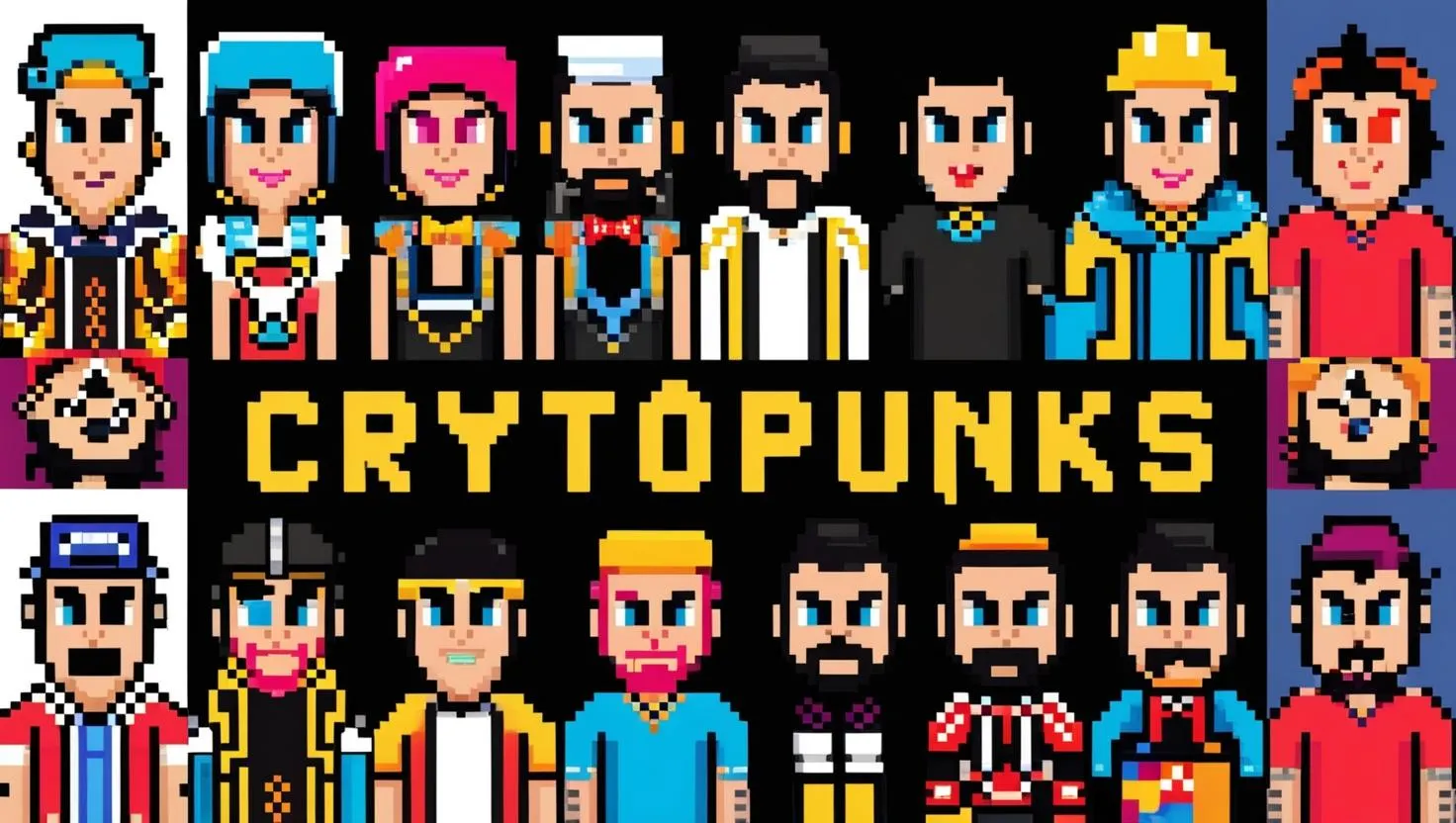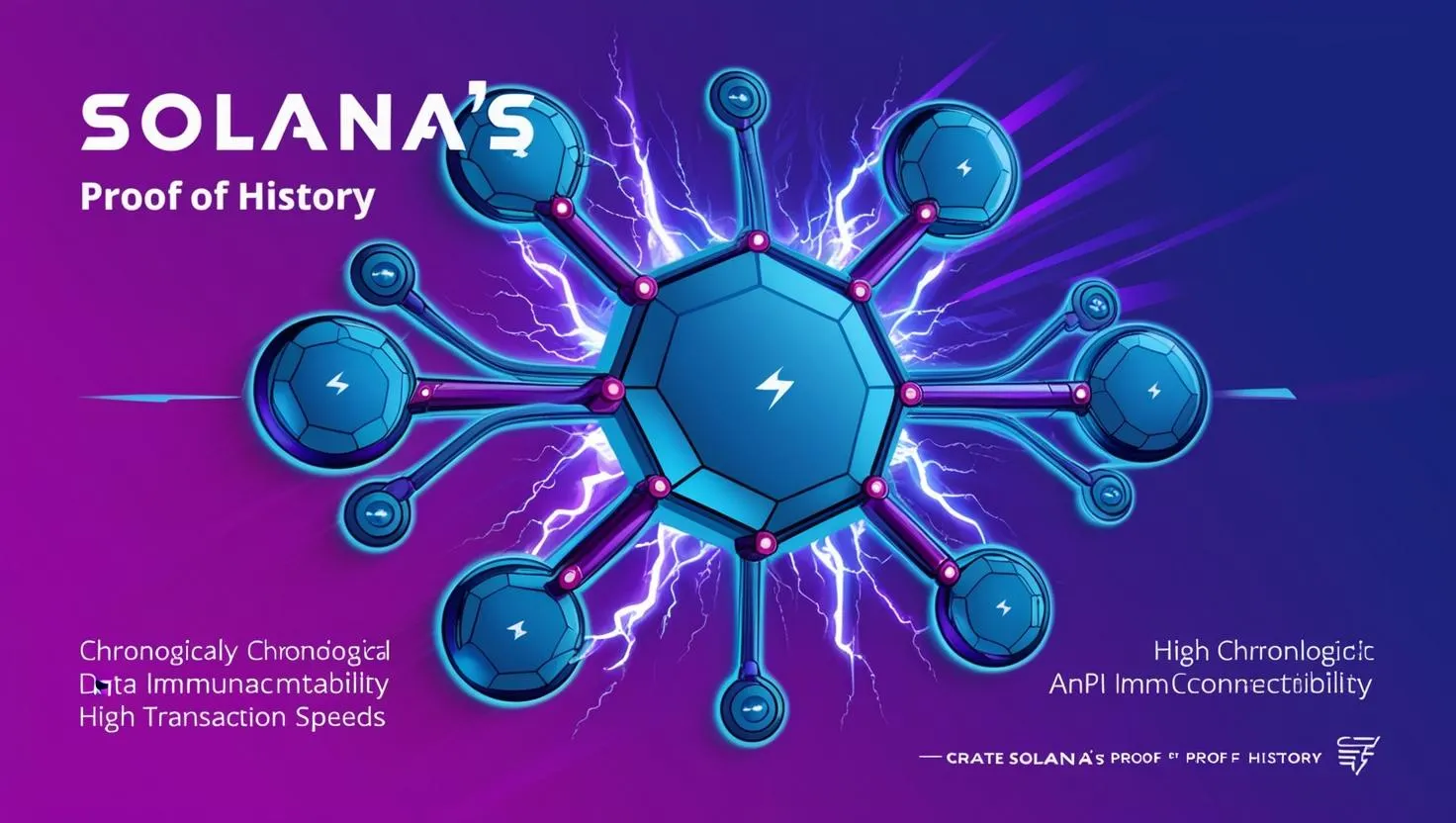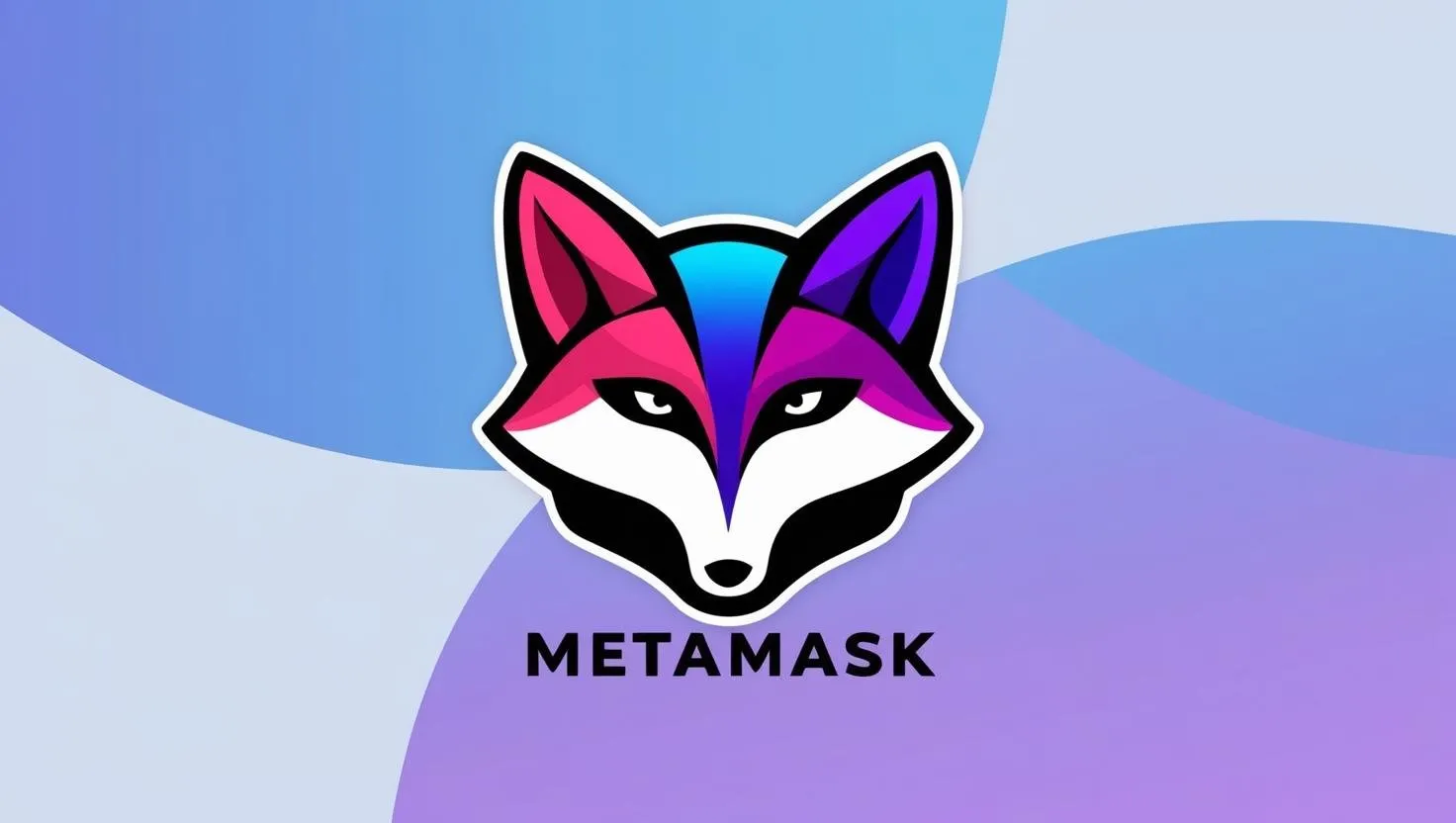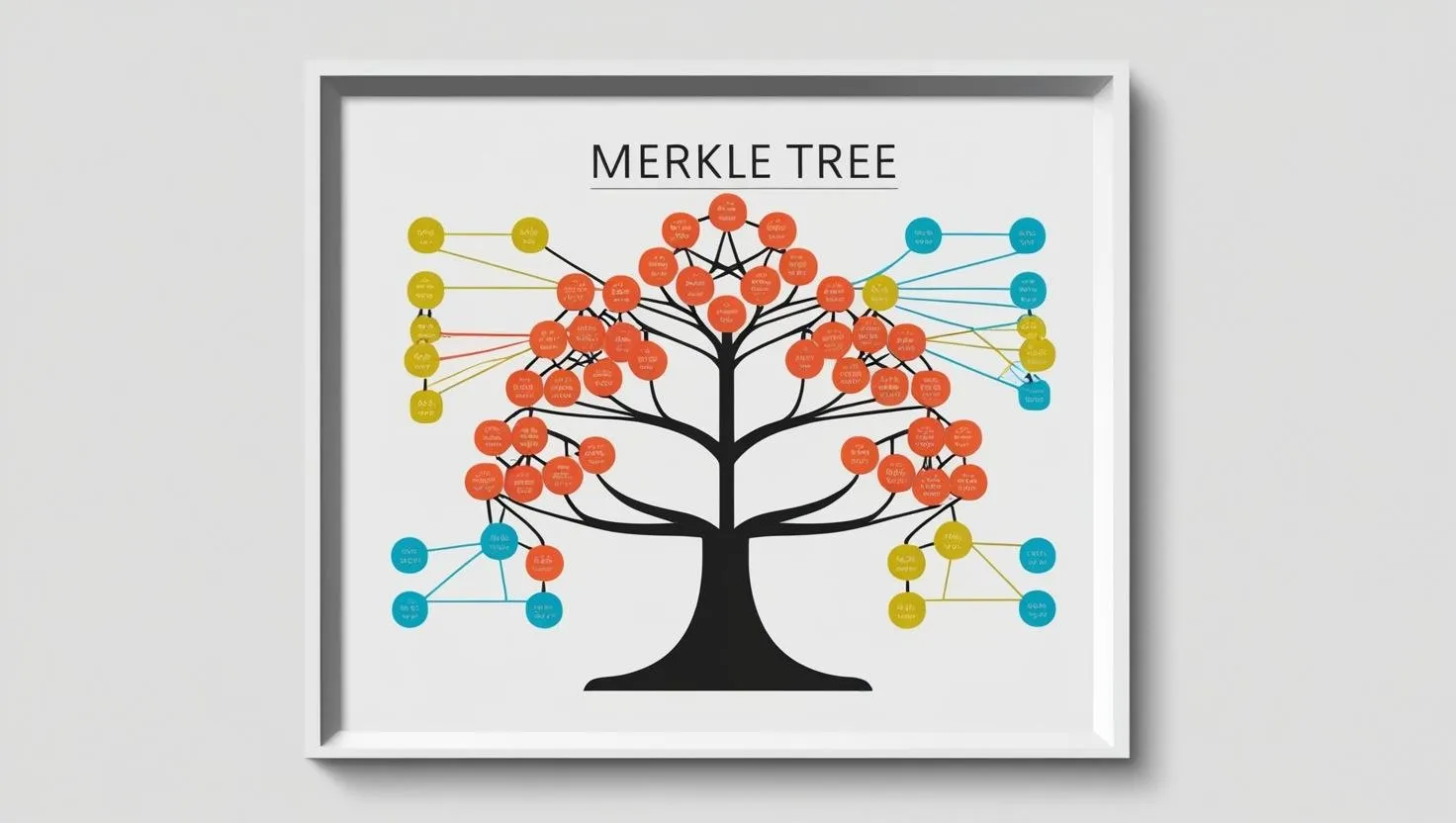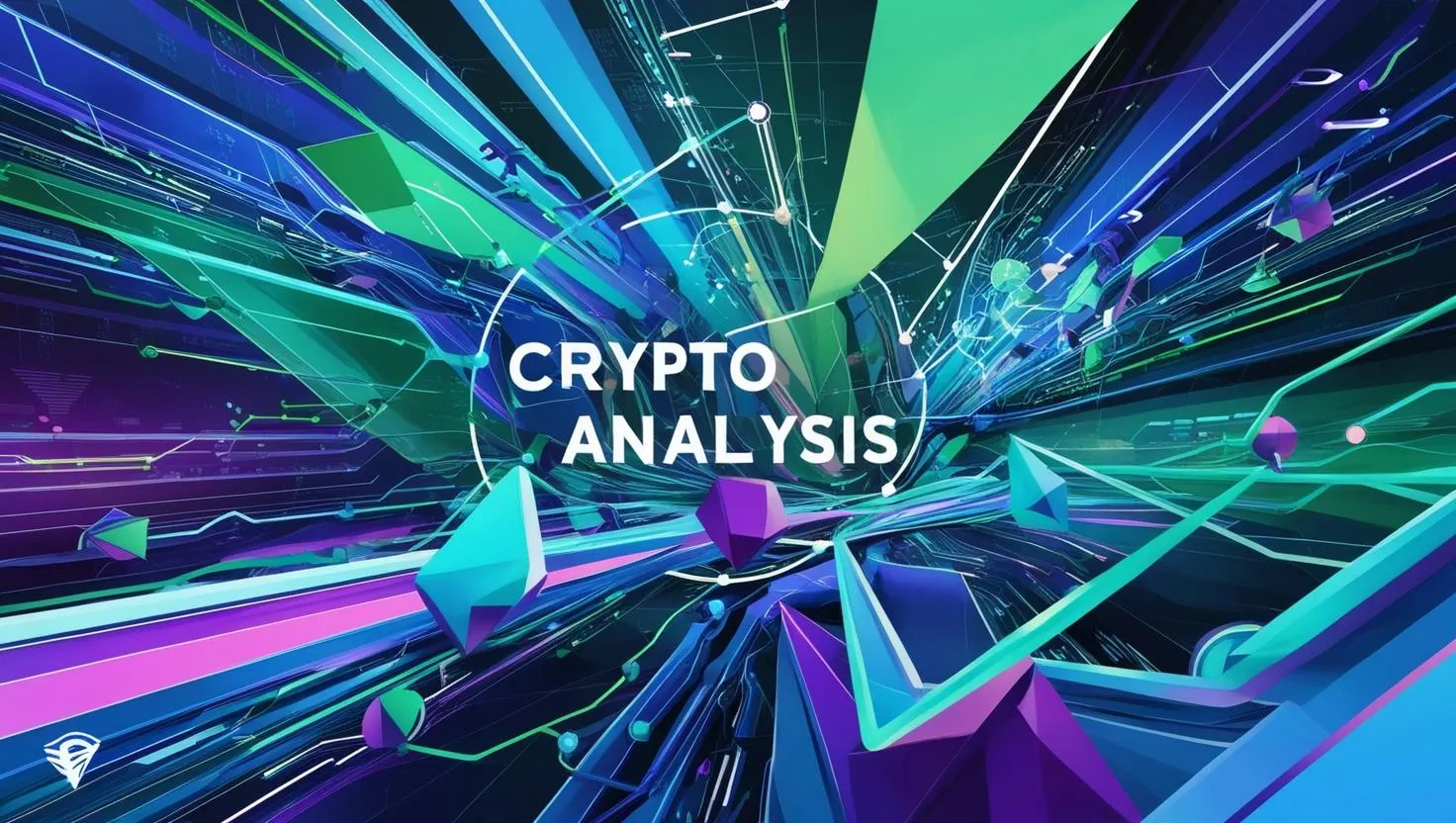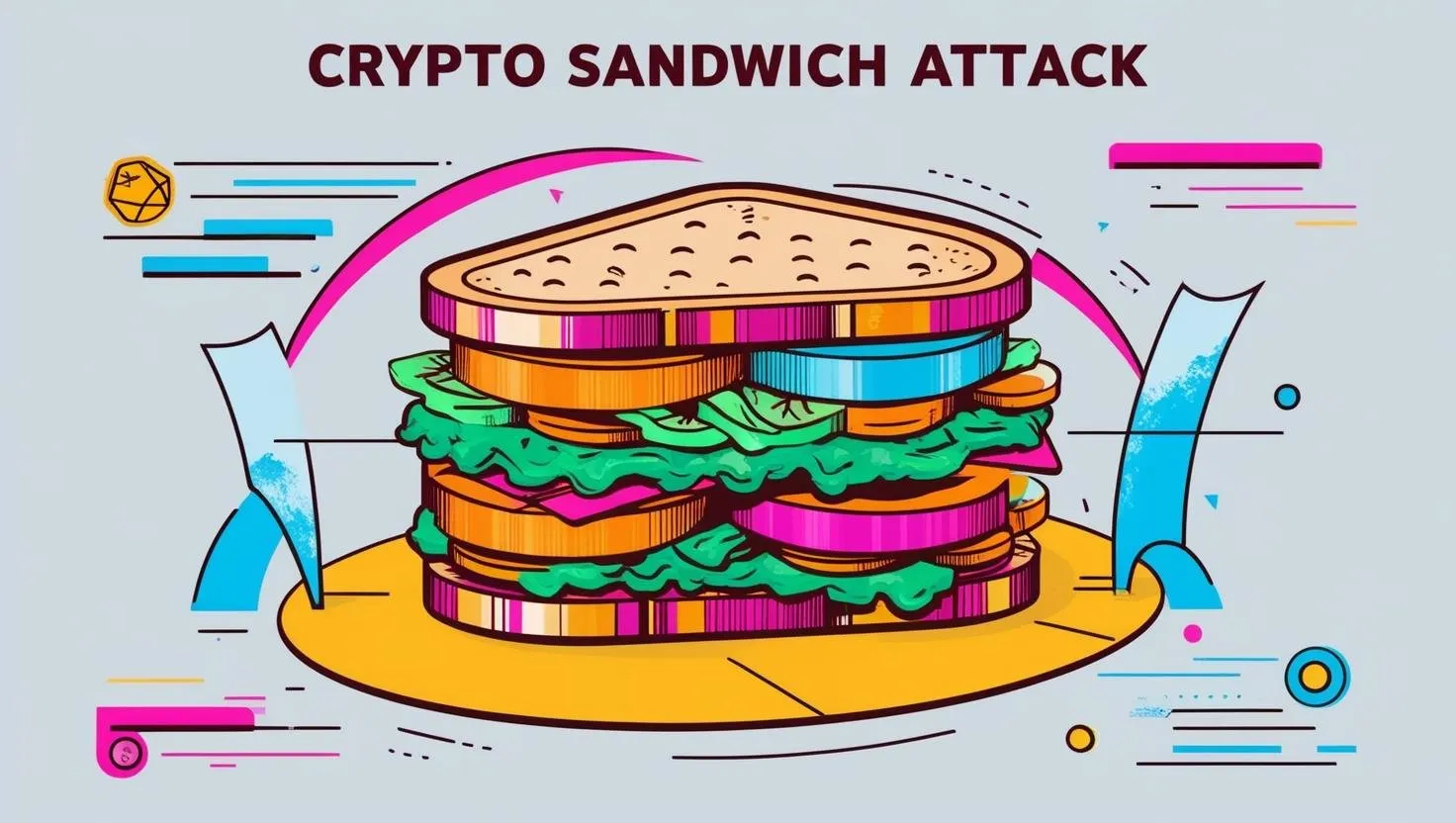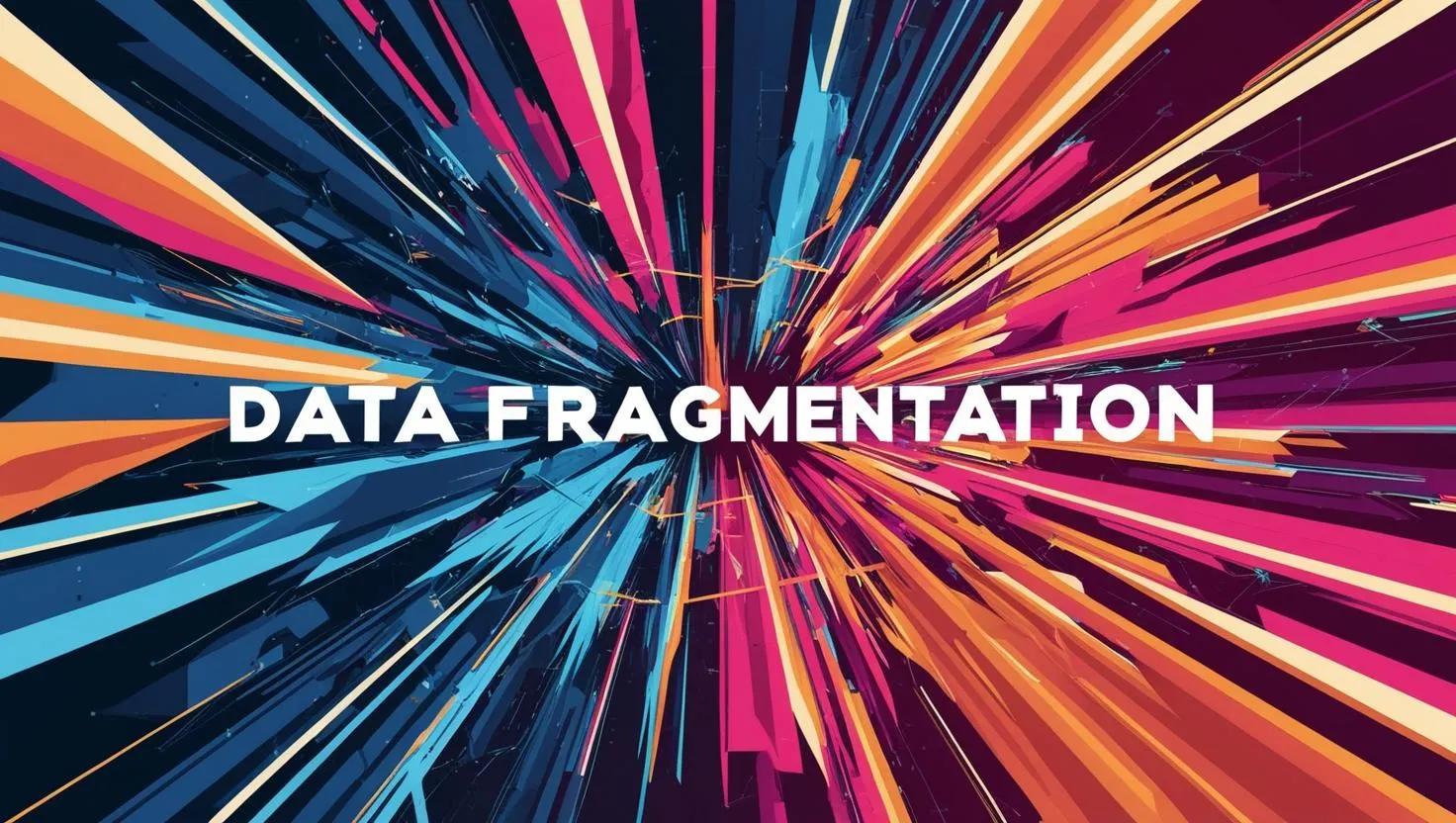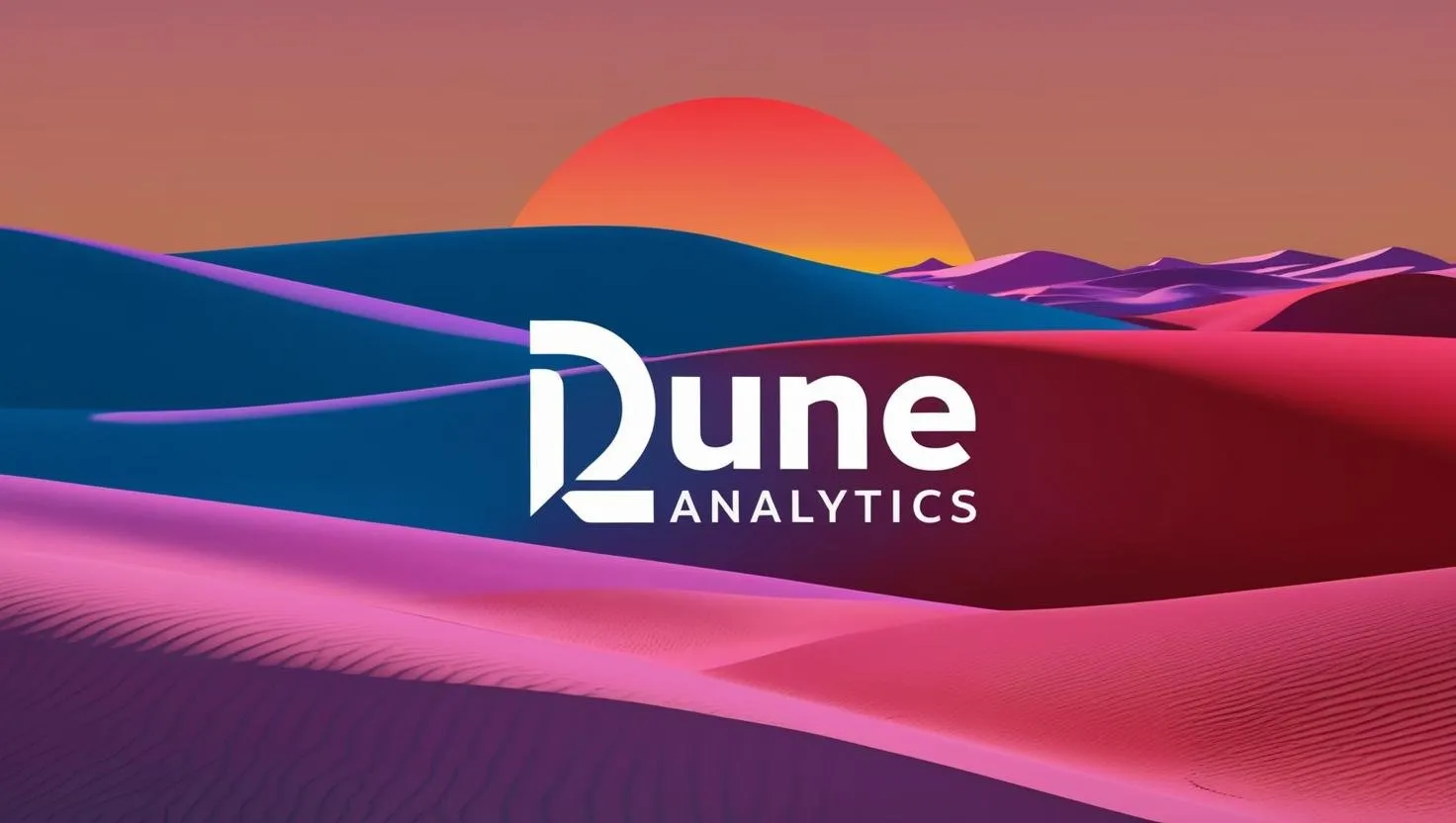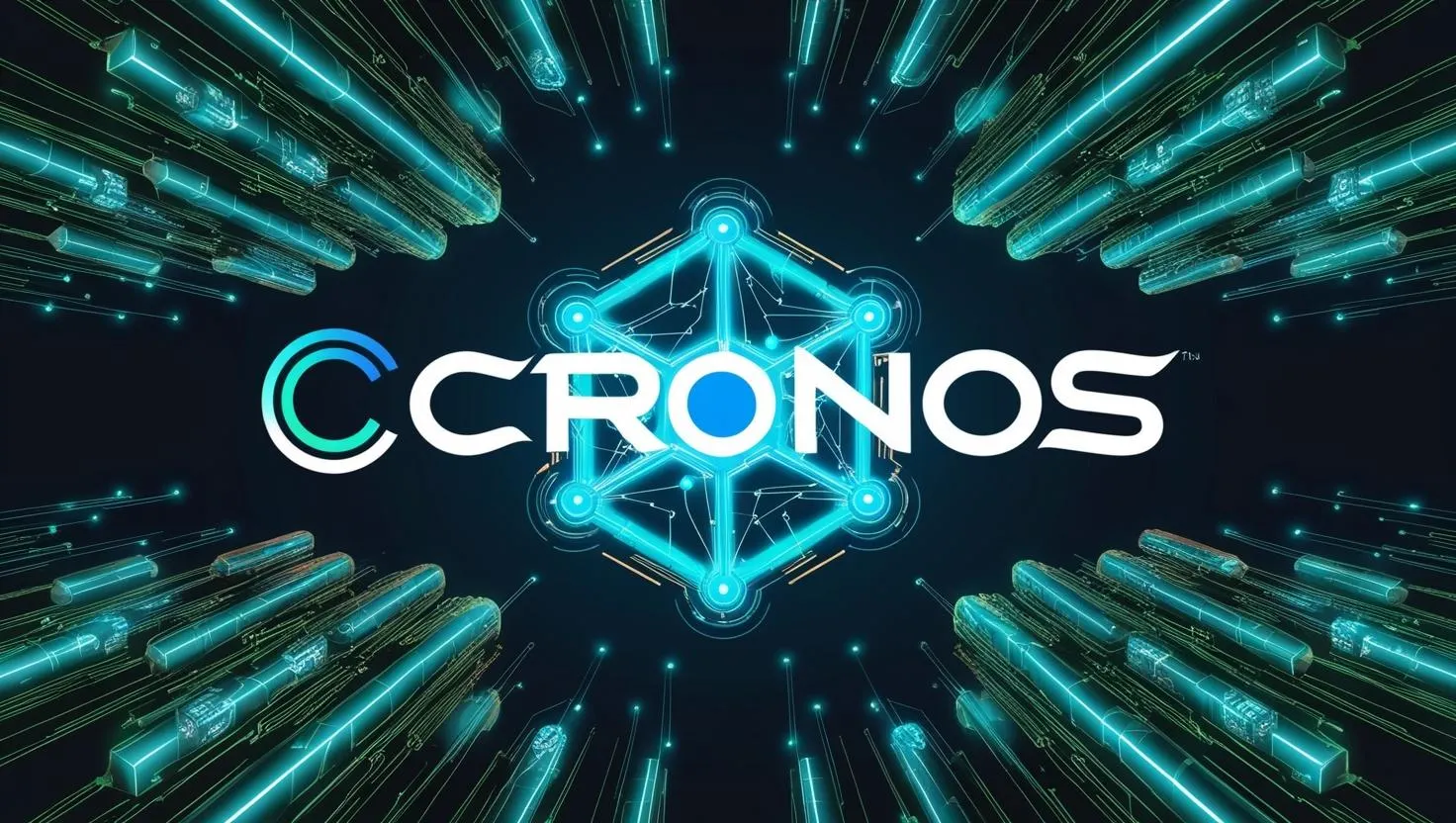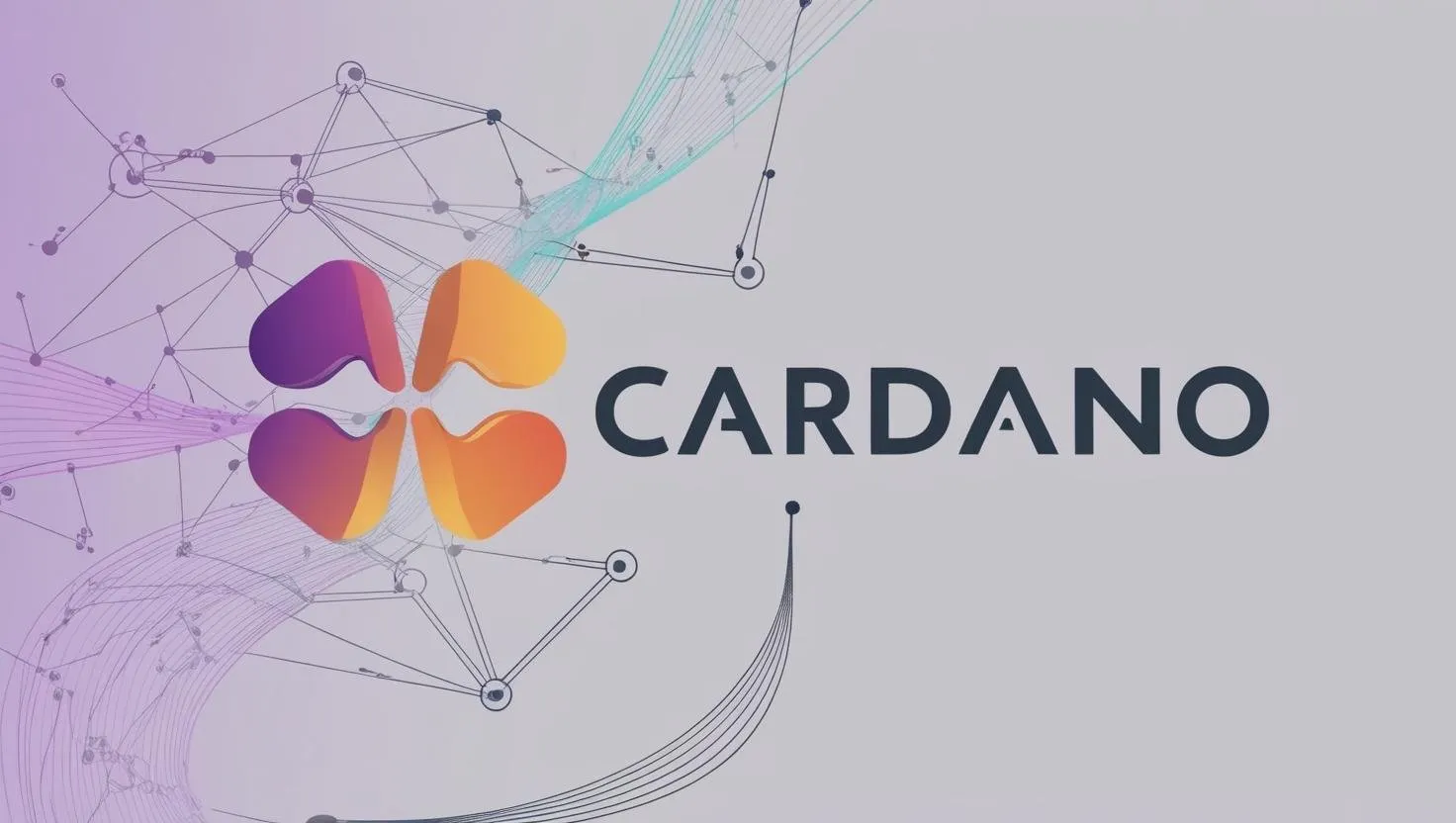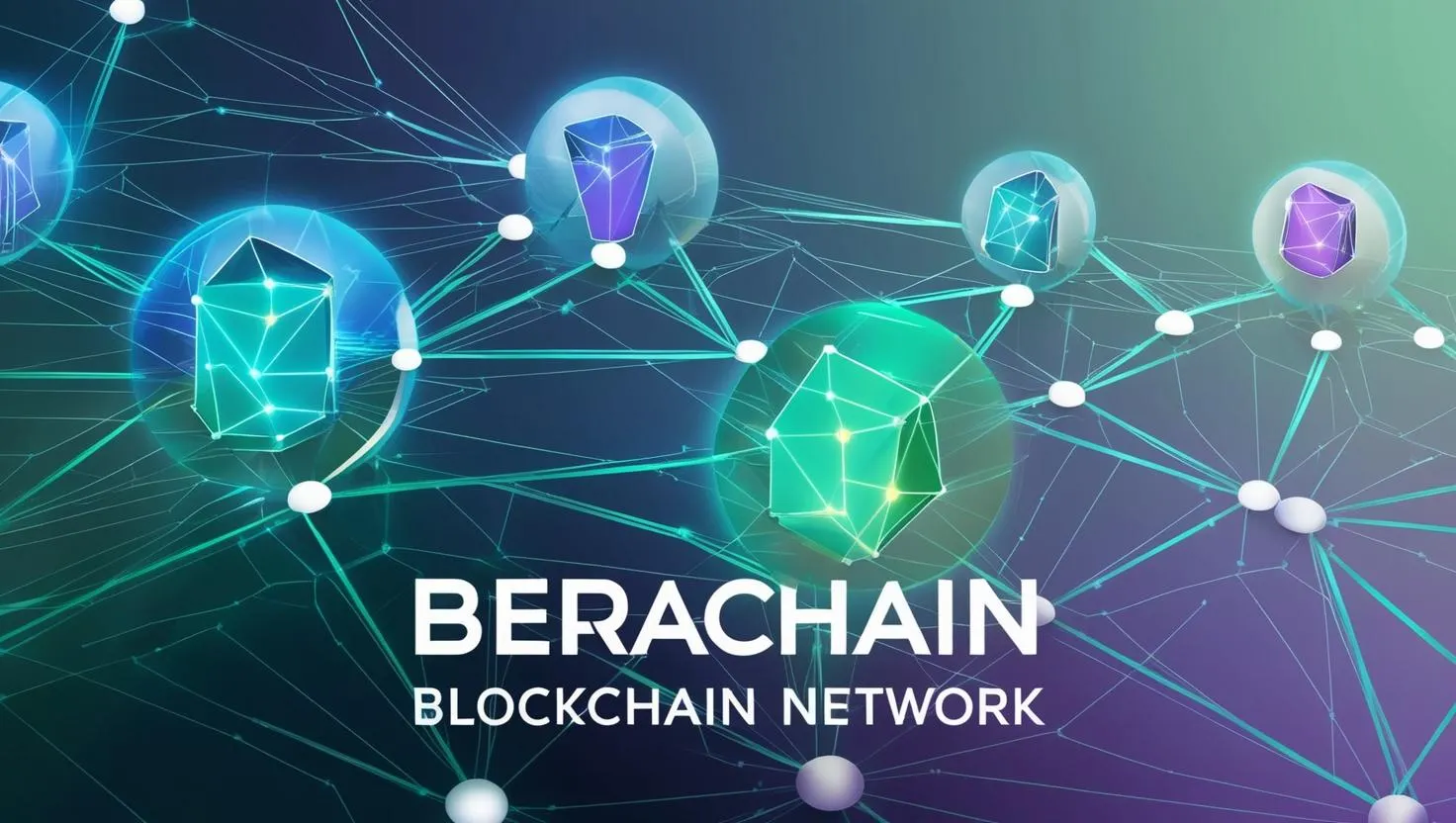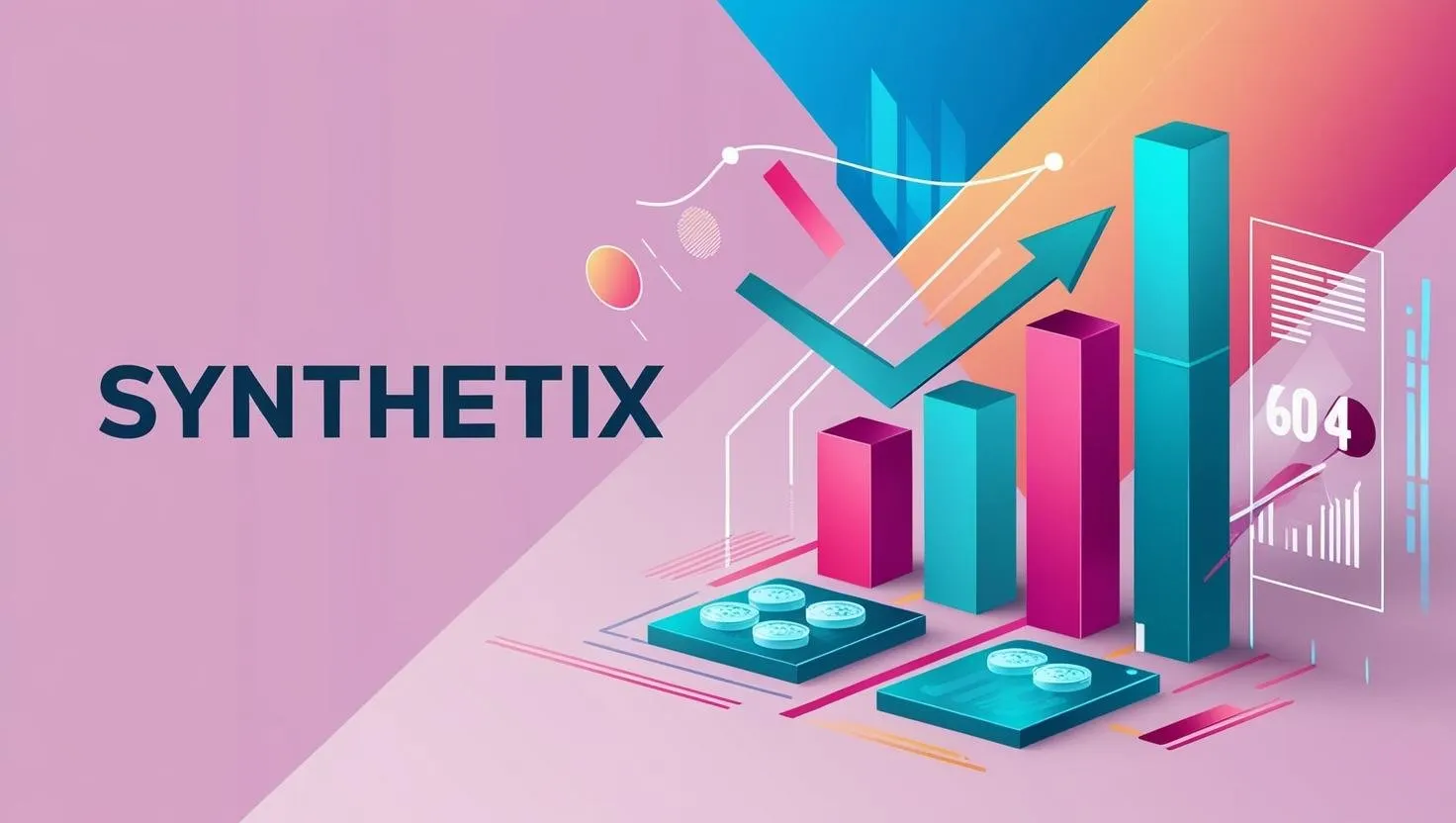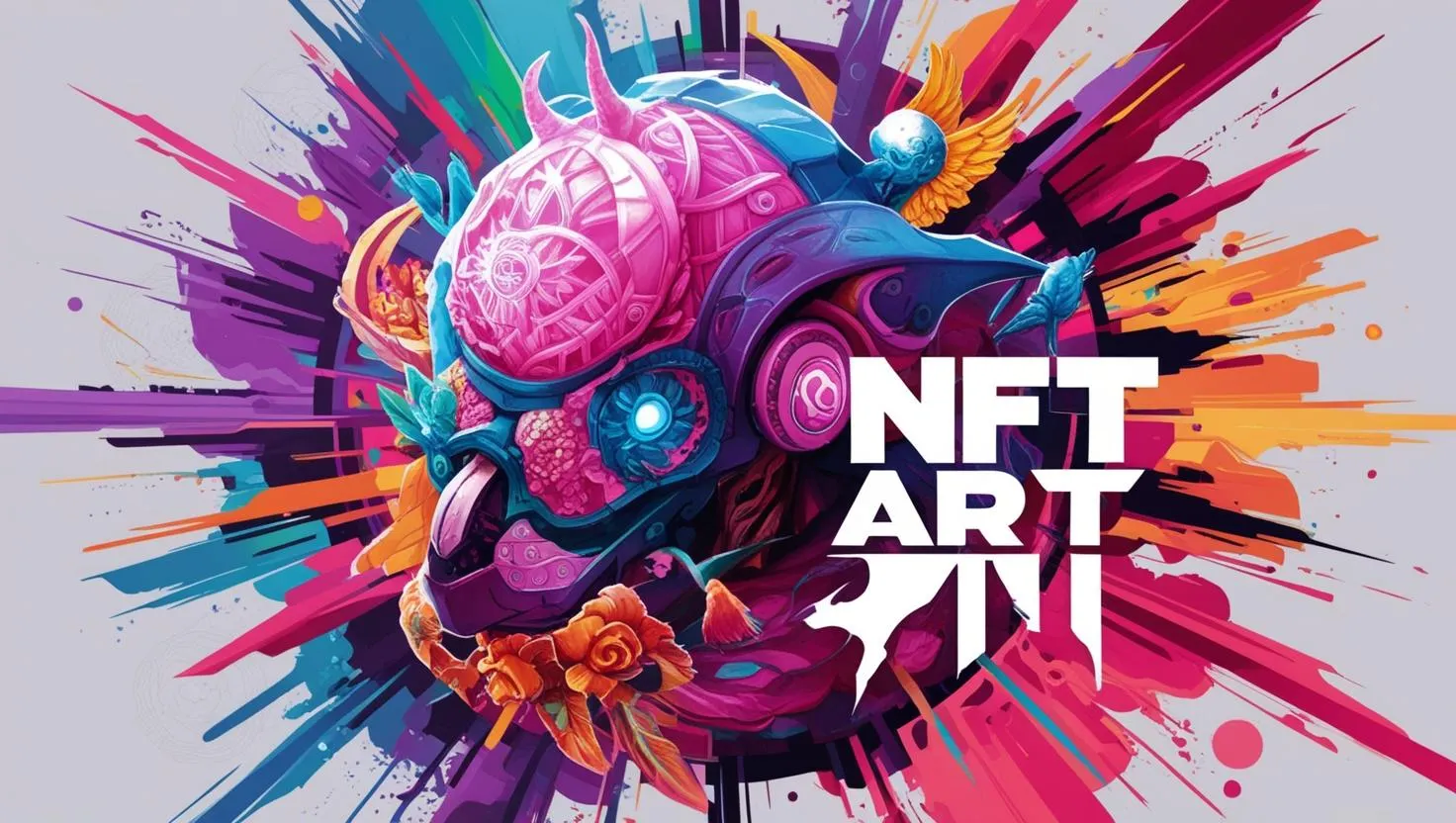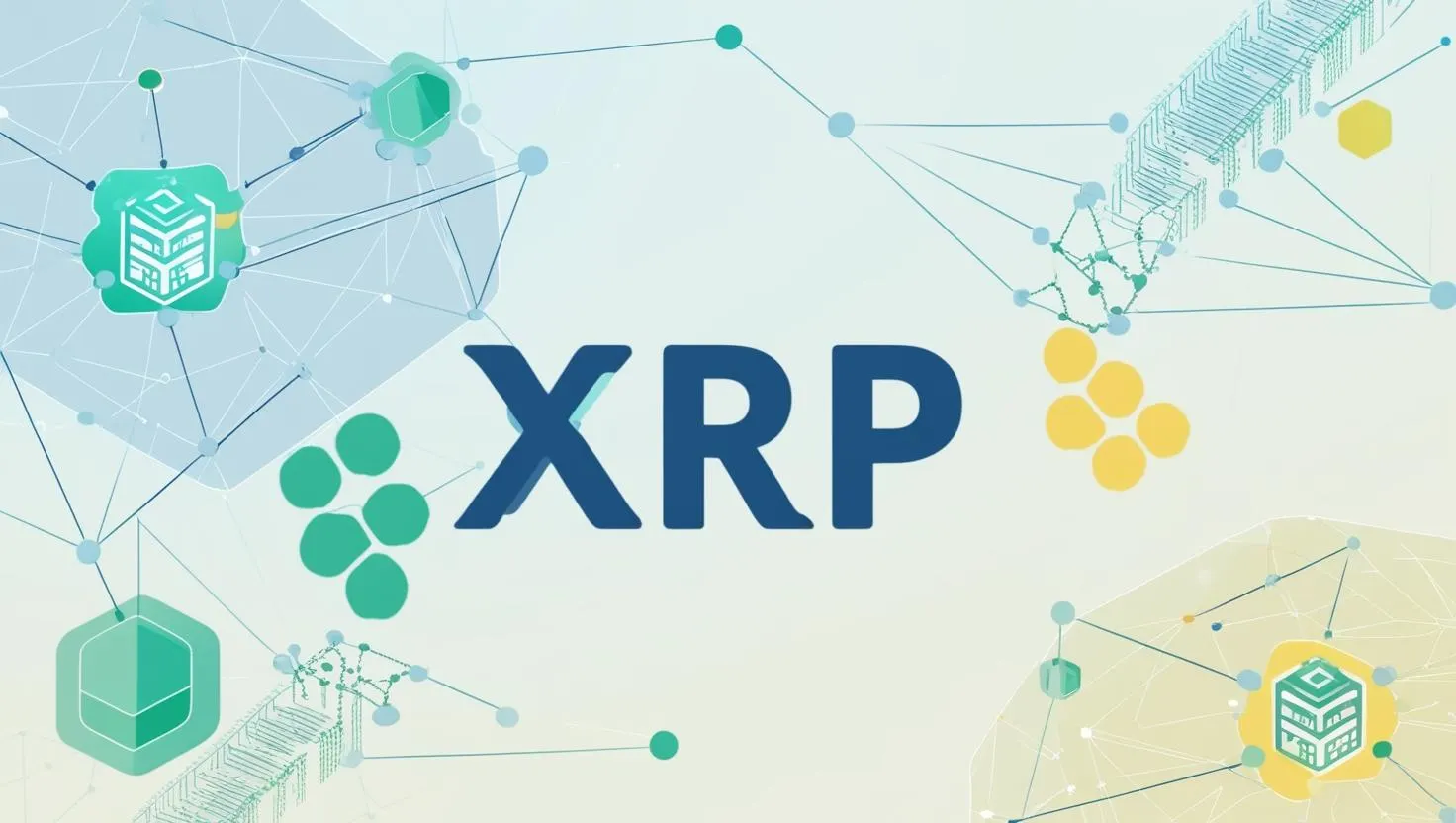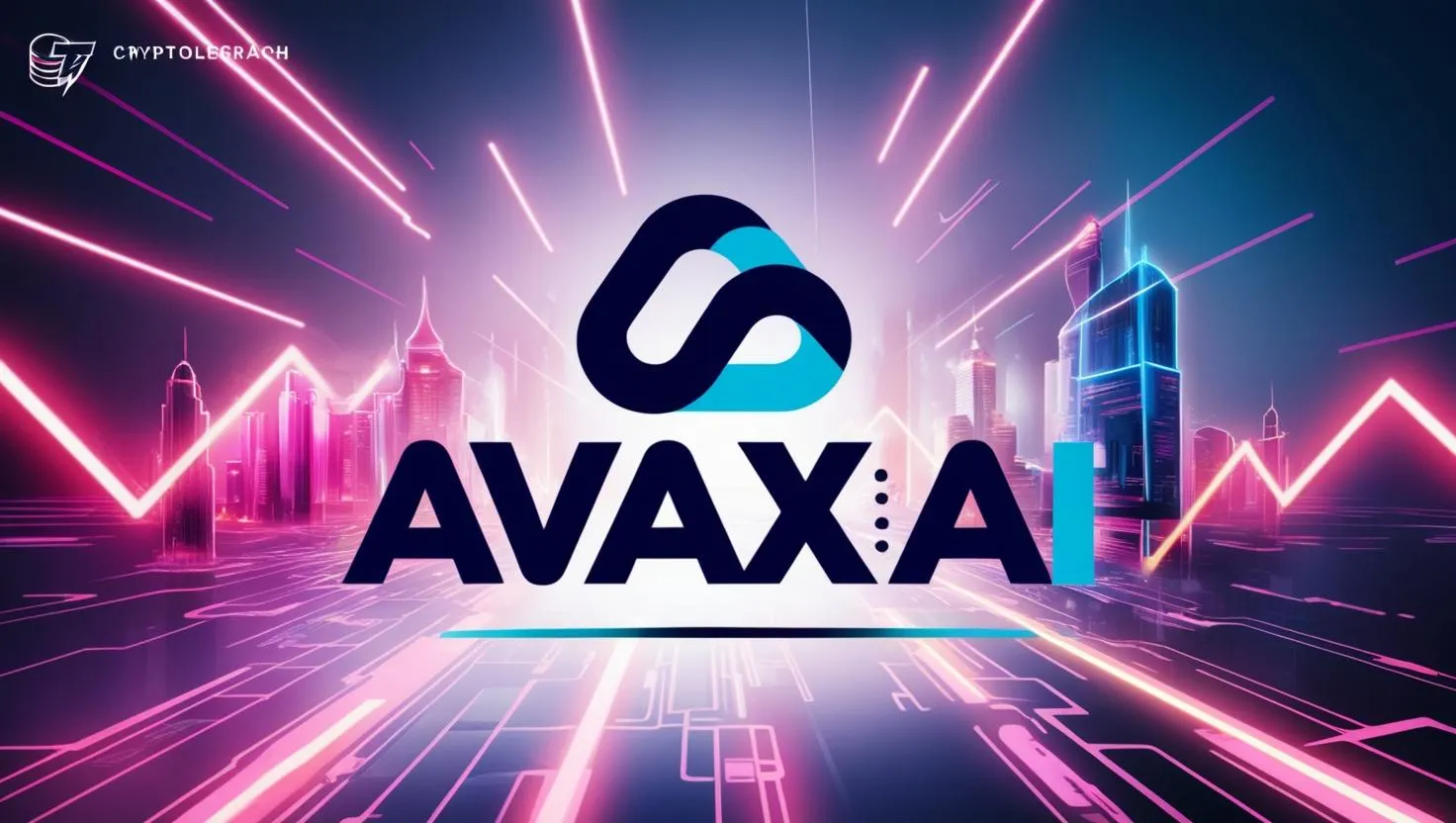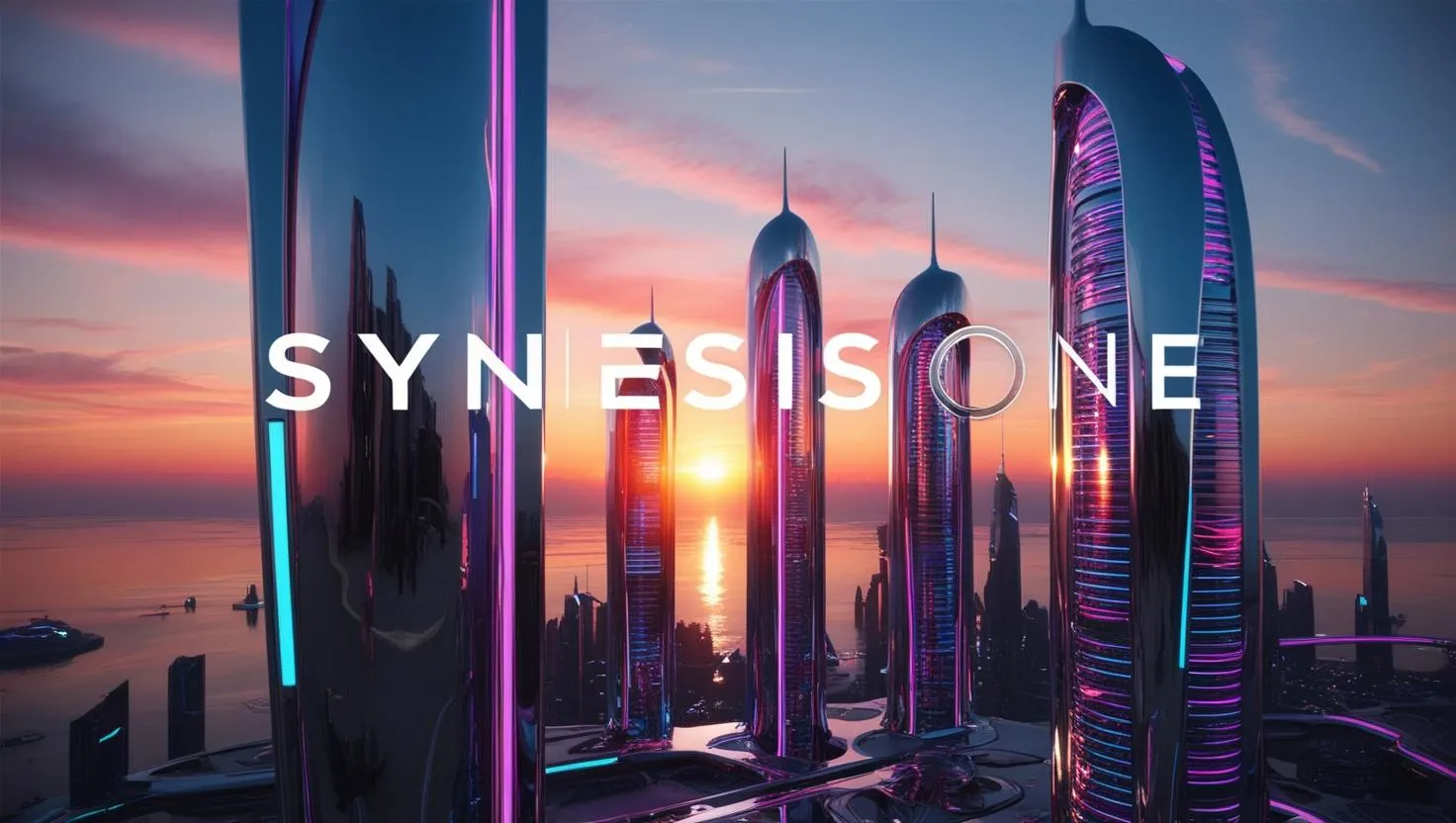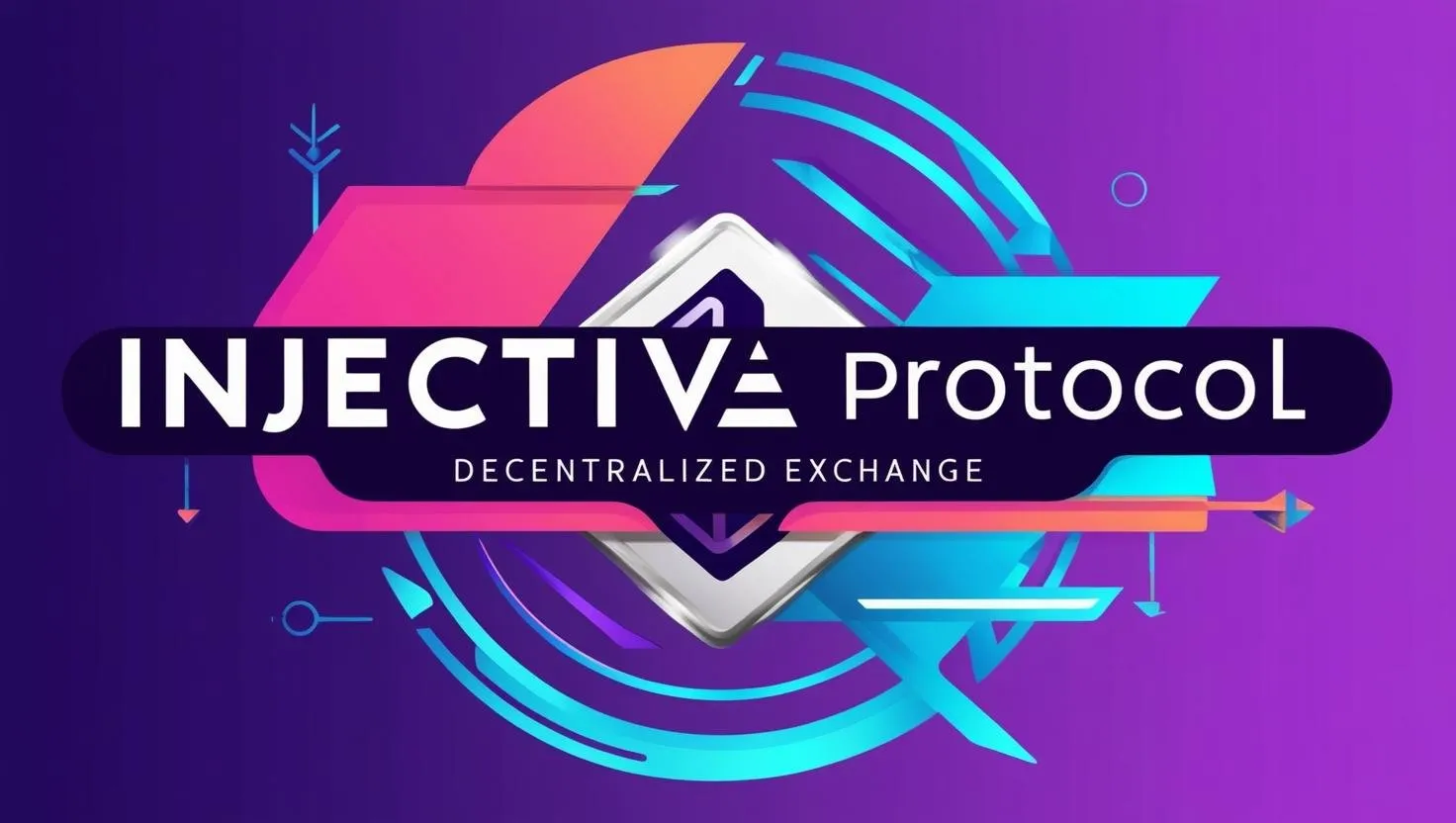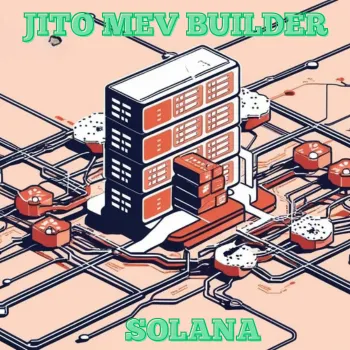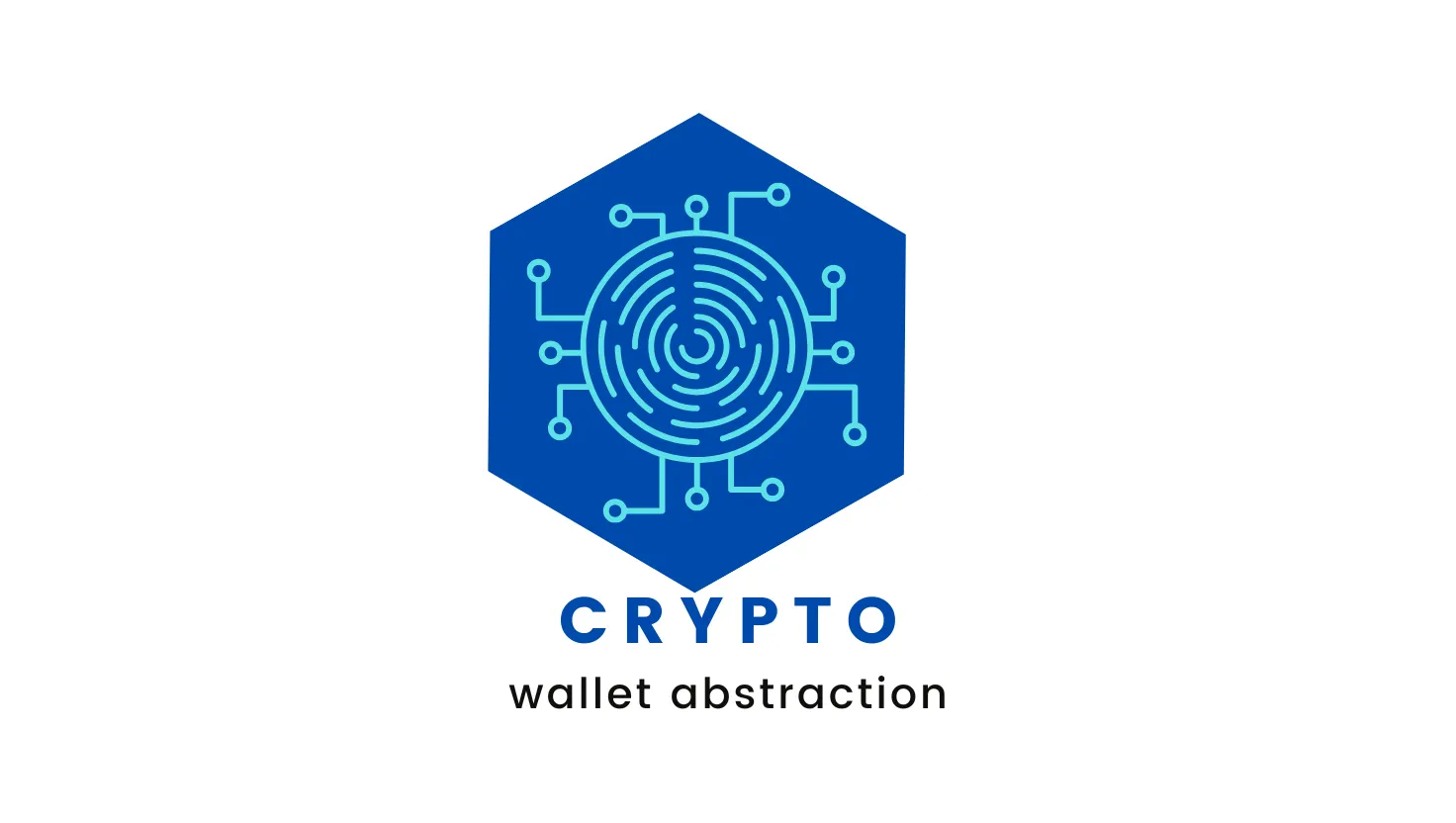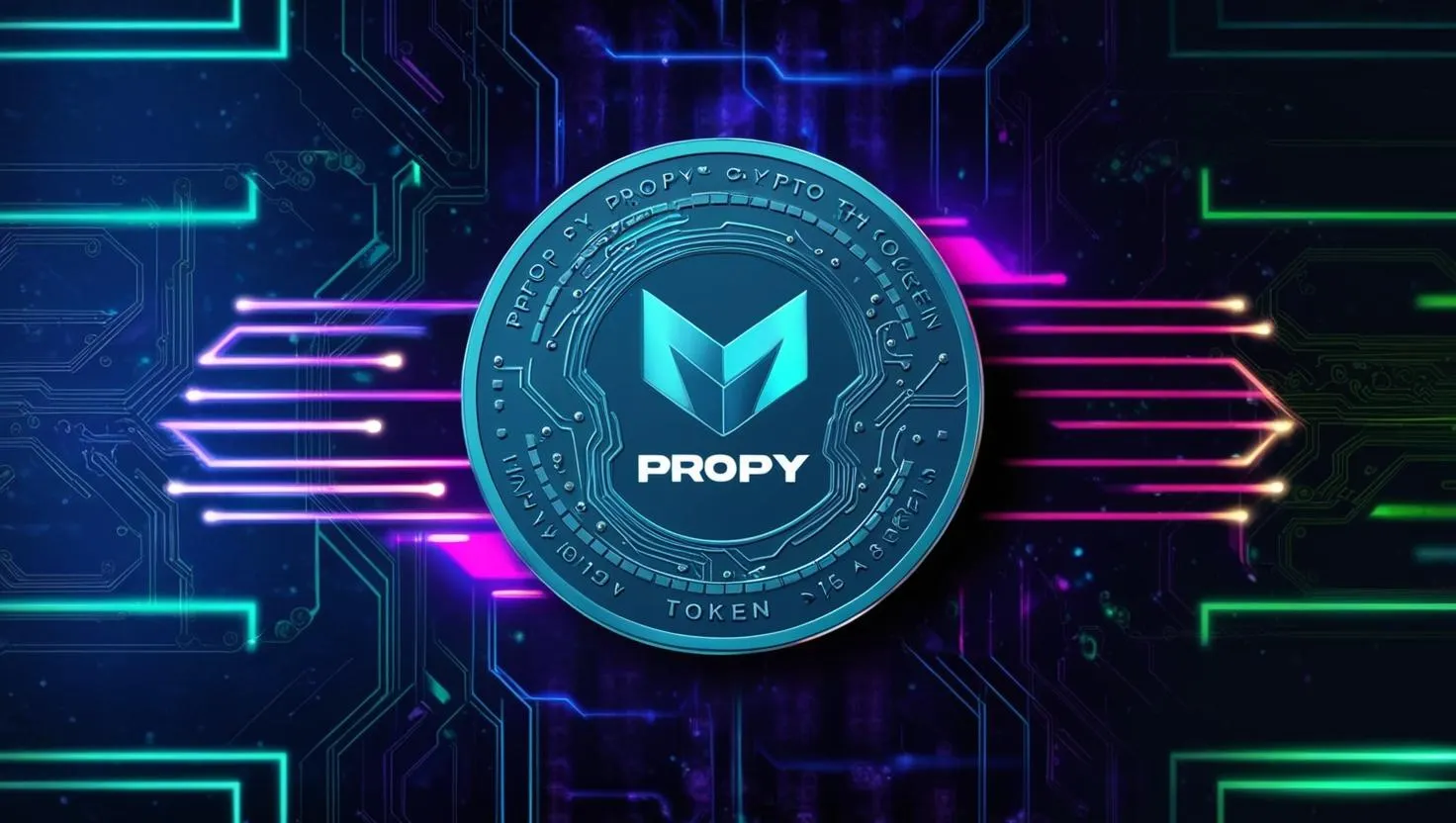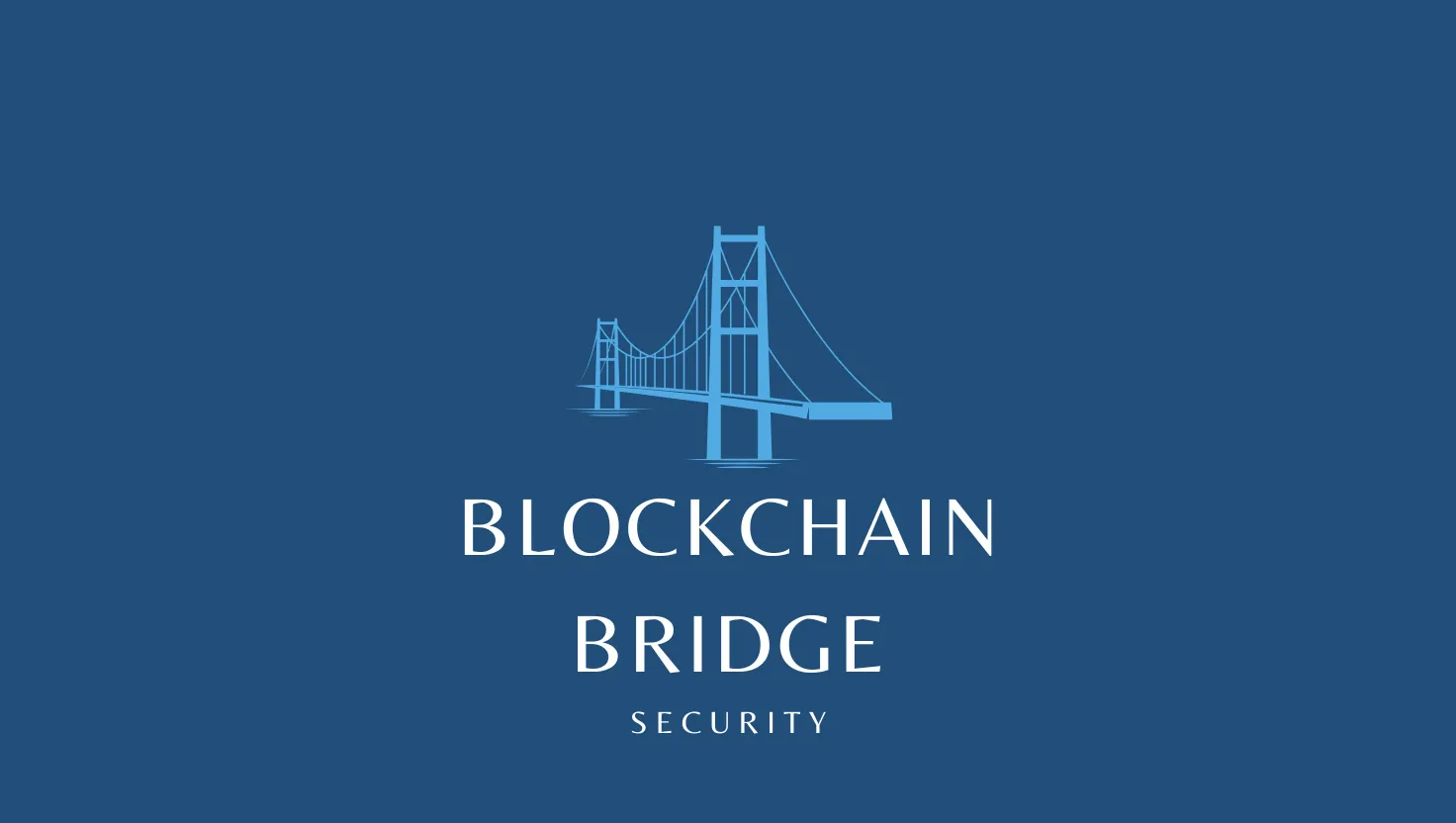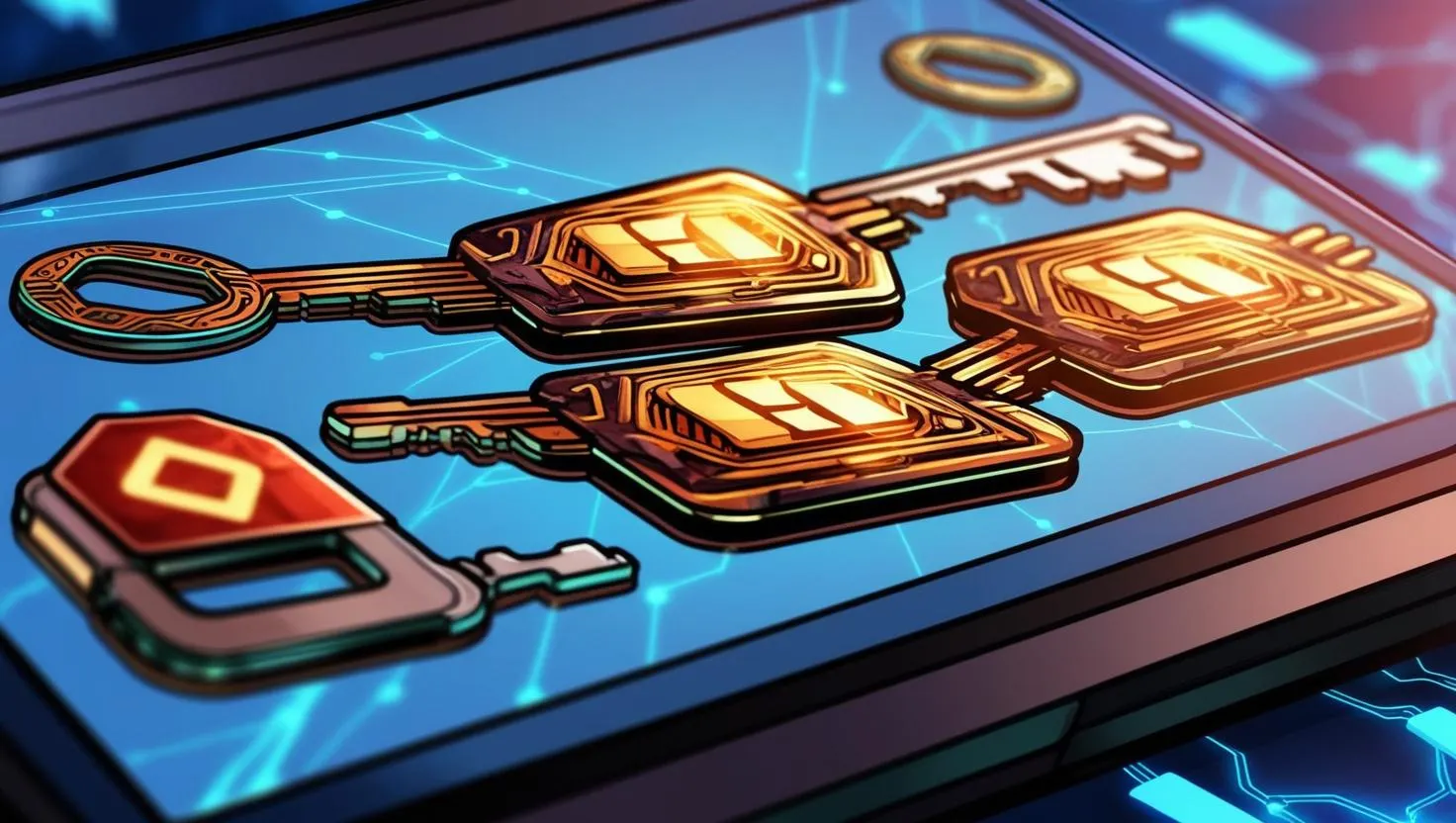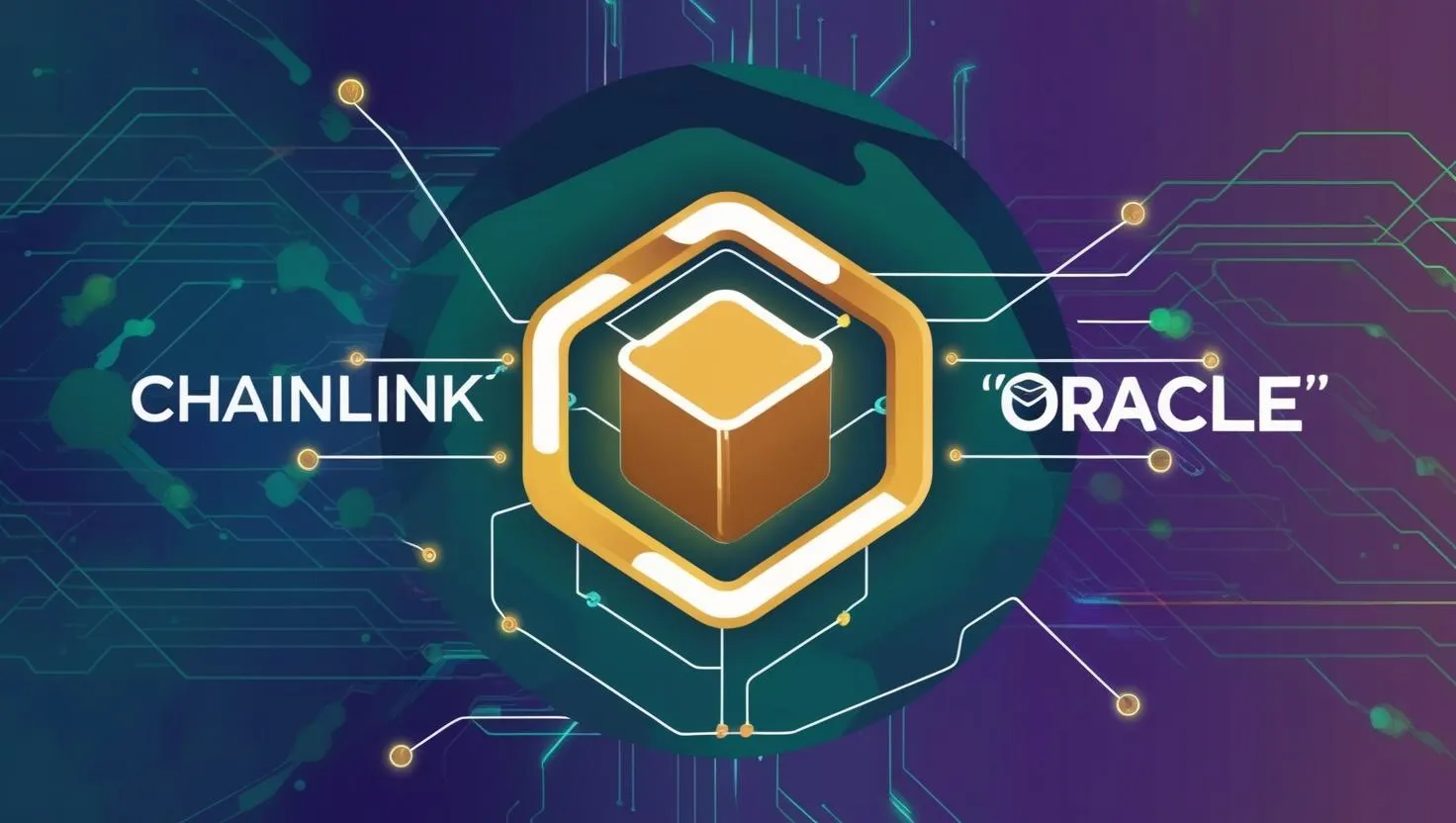Understanding Hedera: Hashgraph, HBAR, and the Governing Council
Hedera Hashgraph is a unique public distributed ledger technology (DLT) that differentiates itself from traditional blockchains with its innovative consensus mechanism and governance structure. Here's a detailed look at Hedera, incorporating insights from various sources:
Core Innovation: Hashgraph Consensus
Hedera's foundation lies in its use of the hashgraph consensus mechanism, developed by Leemon Baird. Unlike blockchains that rely on sequential blocks of transactions, hashgraph weaves transactions together in a continuous, asynchronous flow. This approach offers several advantages:
- Speed: Hashgraph enables Hedera to process transactions much faster than traditional blockchains, achieving high throughput and low latency.
- Fairness: The hashgraph consensus mechanism ensures fairness by preventing any single participant from manipulating the order of transactions.
- Security: Hashgraph is designed to be highly secure, making it resistant to various attacks and manipulations.
Governance Council: A Collaborative Approach
Hedera is governed by a council of up to 39 leading organizations from diverse industries, including technology, finance, and telecommunications. This council makes decisions about the platform's development, direction, and network upgrades. The council model aims to provide stability and enterprise-grade governance, attracting businesses seeking a reliable DLT platform.
HBAR Token: Fueling the Ecosystem
HBAR is the native cryptocurrency of the Hedera network. It serves multiple purposes within the ecosystem:
- Transaction Fees: HBAR is used to pay for transaction fees on the Hedera network, which are typically very low.
- Network Security: HBAR holders can stake their tokens to participate in network security and consensus, earning rewards in the process.
- dApp Development: Developers use HBAR to pay for resources and services when building decentralized applications (dApps) on Hedera.
Smart Contracts and dApps: Building on Hedera
Hedera supports smart contracts, which are self-executing contracts with the terms of the agreement directly written into code. This enables developers to build a wide range of dApps on the Hedera network, including those for:
- Decentralized Finance (DeFi): Hedera can be used to create DeFi applications for lending, borrowing, and trading digital assets.
- Supply Chain Management: Hedera's transparency and immutability make it suitable for tracking goods and materials throughout the supply chain.
- Digital Identity: Hedera can be used to create secure and verifiable digital identities for individuals and organizations.
- Payments: Hedera's high transaction speed and low fees make it an efficient platform for processing payments.
Advantages of Hedera:
- High Performance: Hashgraph enables Hedera to achieve high transaction speeds and low latency.
- Low Fees: Transaction fees on Hedera are very low, making it suitable for micropayments and high-volume applications.
- Enterprise-Grade Governance: The governance council model provides stability and attracts businesses seeking a reliable DLT platform.
- Energy Efficiency: Hashgraph is more energy-efficient than proof-of-work blockchains, making Hedera a more sustainable option.
Challenges and Considerations:
- Centralization Concerns: The governance council model has raised concerns about centralization, as a limited number of organizations have control over the platform.
- Adoption: While Hedera has gained some traction, its adoption is still relatively limited compared to other blockchain platforms.
- Competition: Hedera faces competition from other DLT platforms, including those with different consensus mechanisms and governance models.
Hedera's Potential and Future:
Hedera has the potential to disrupt various industries with its fast, secure, and scalable DLT platform. Its unique hashgraph technology and enterprise-grade governance model make it an attractive option for businesses looking to leverage blockchain technology. However, it still faces challenges in terms of adoption and overcoming concerns about centralization. The future of Hedera will depend on its ability to address these challenges and continue to innovate and attract new users and developers to its ecosystem.
Disclaimer: This is not financial advice. Always do your own research before investing in any cryptocurrency.

